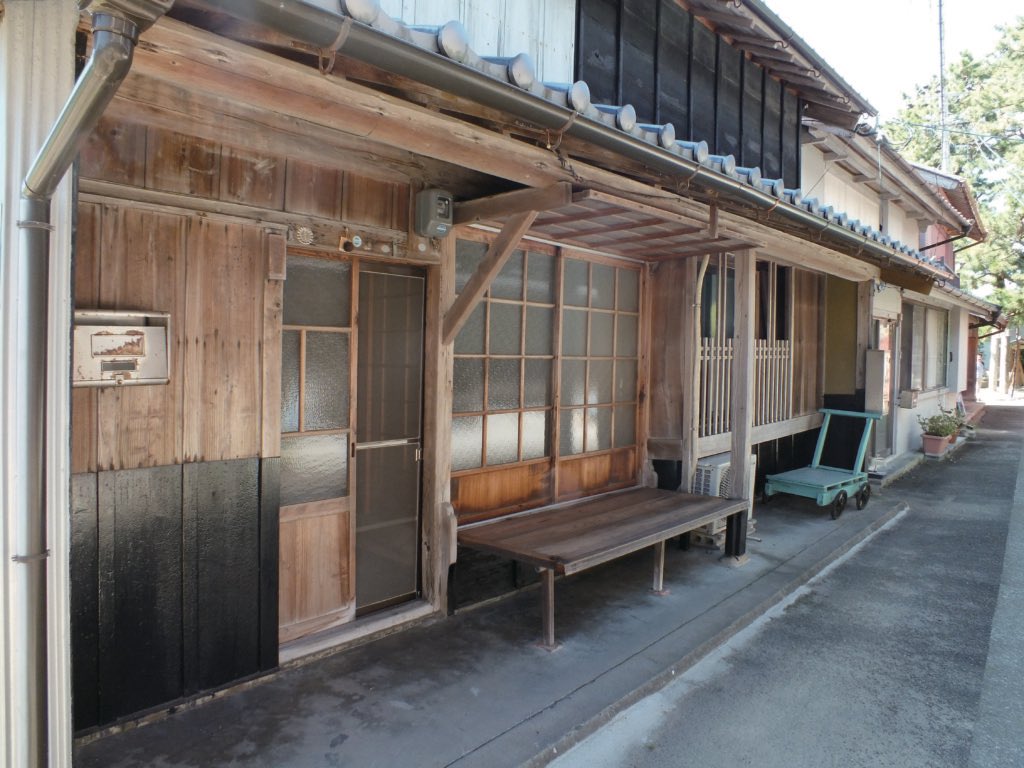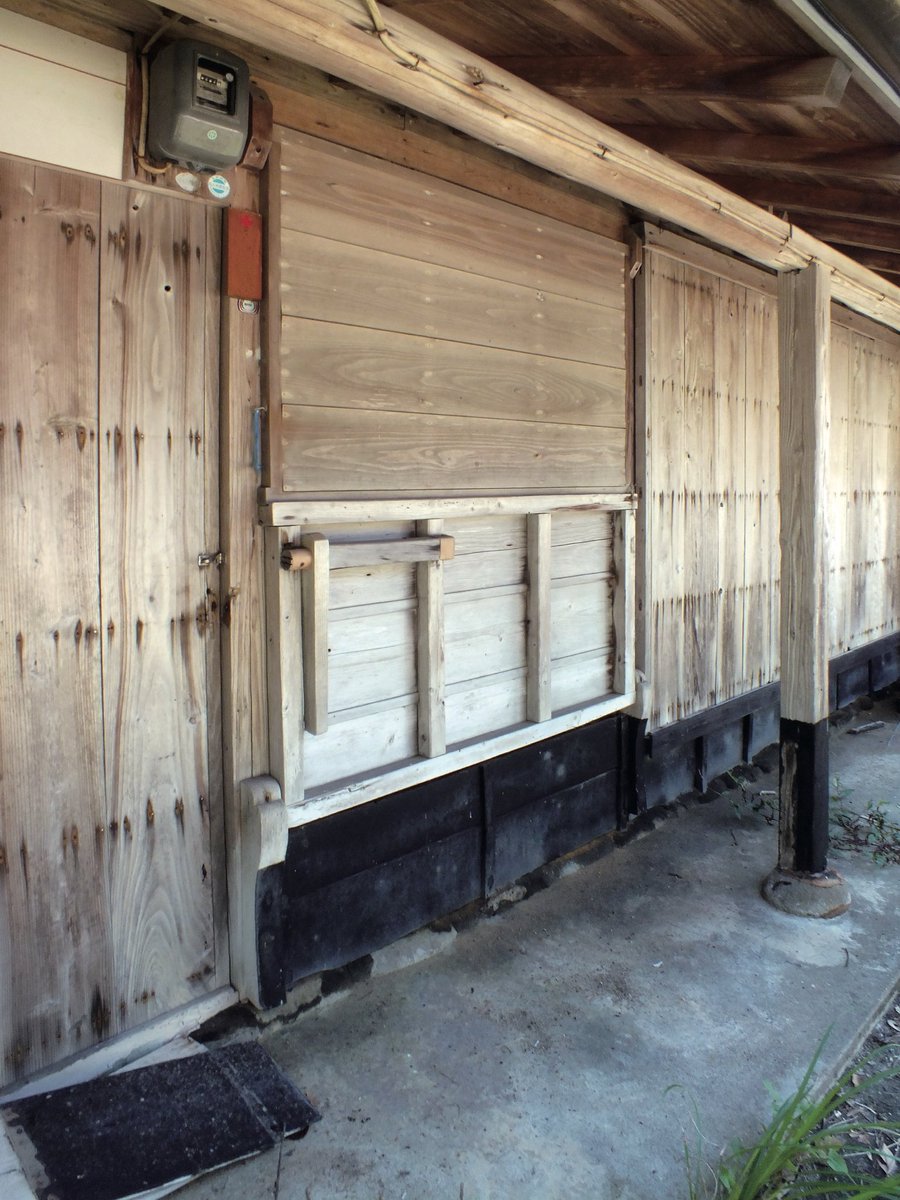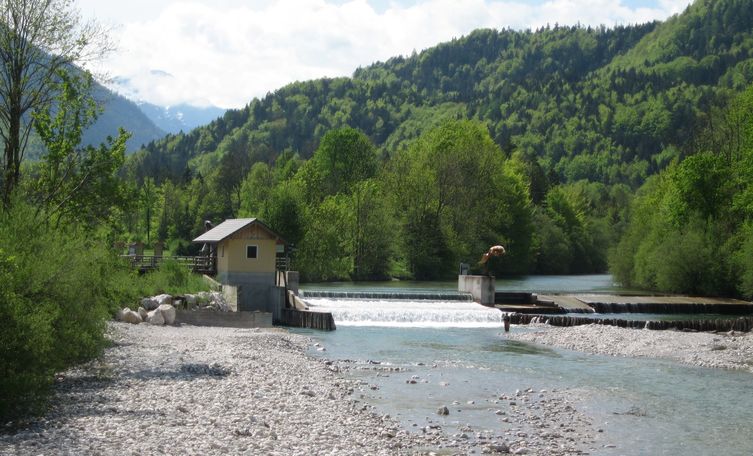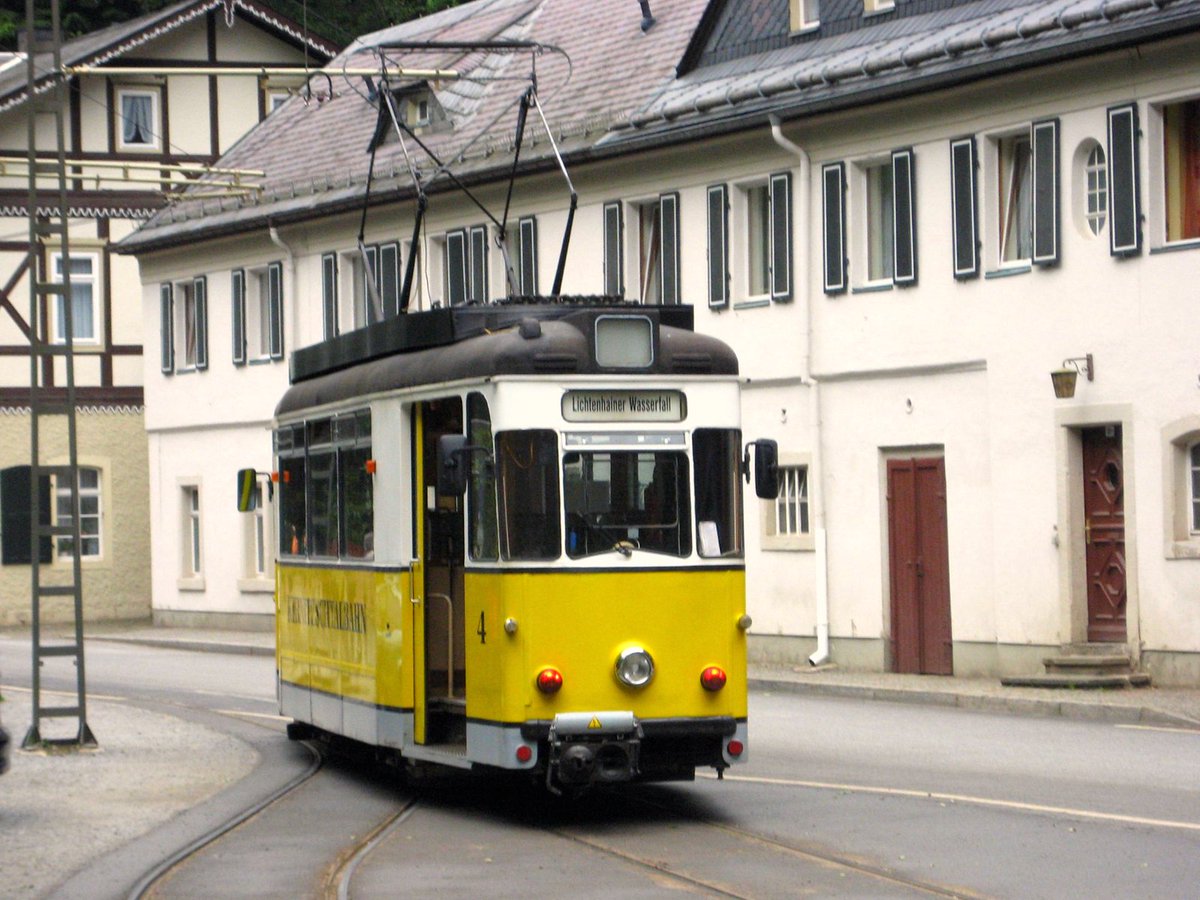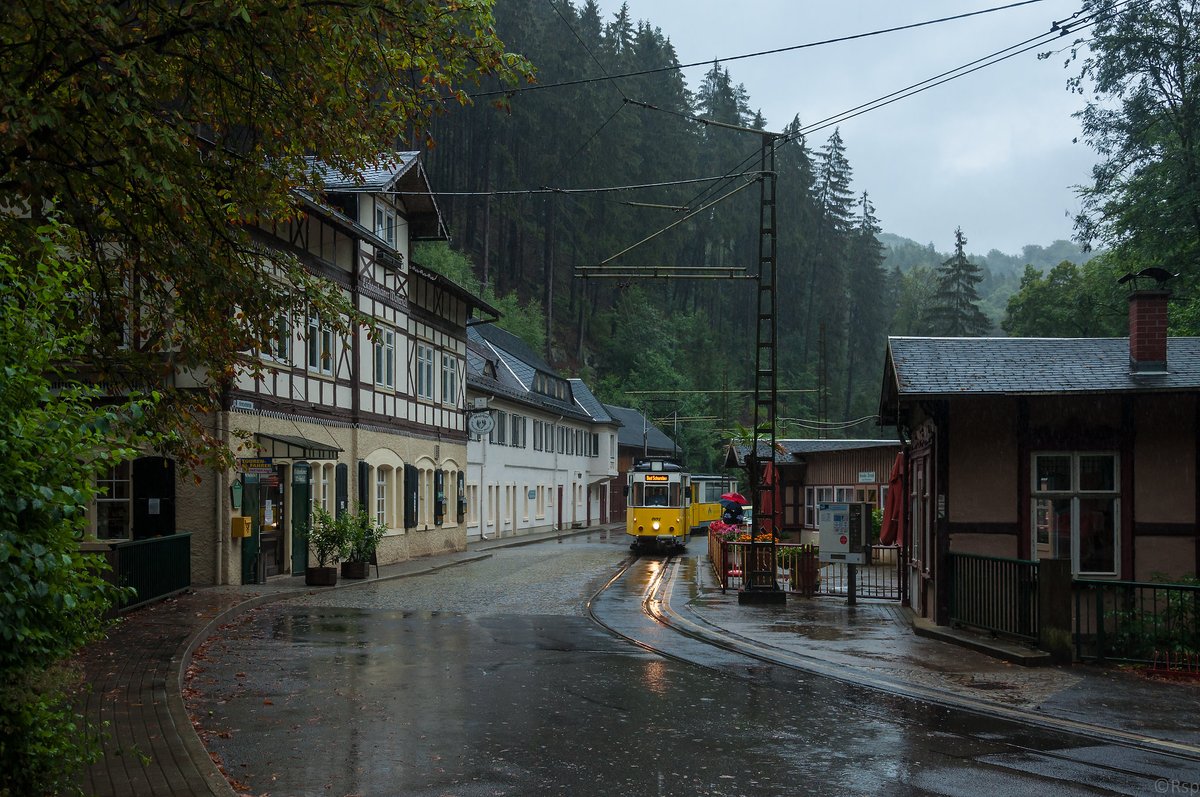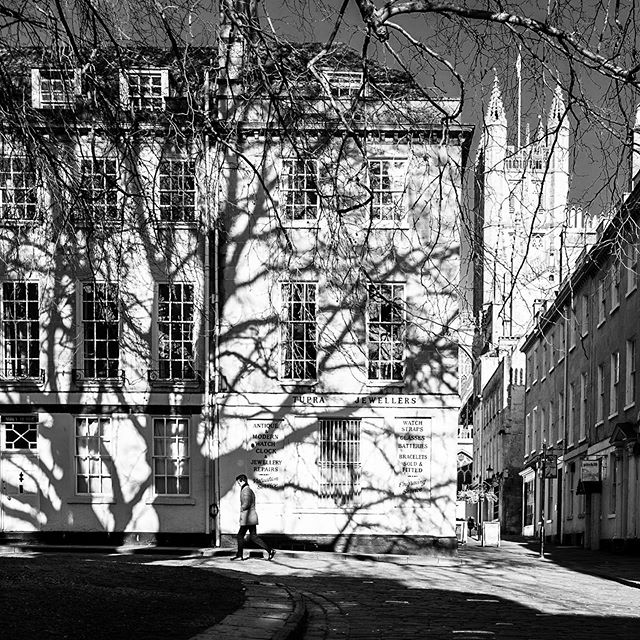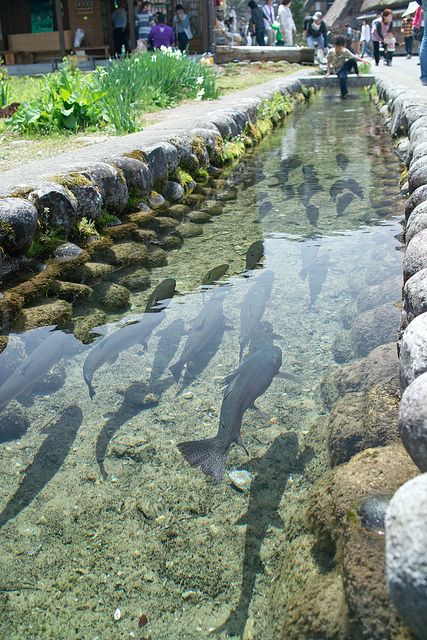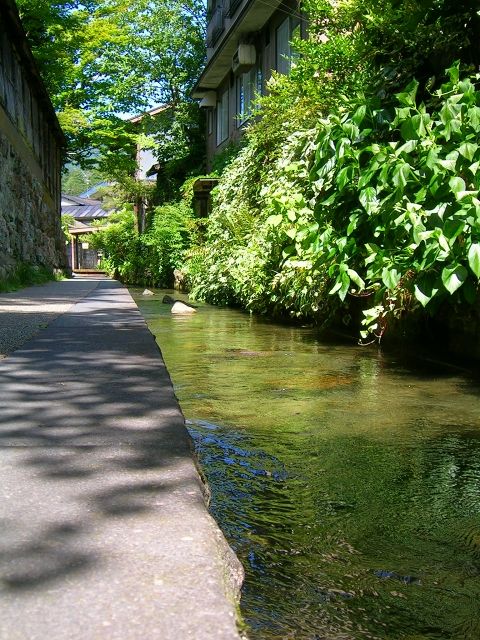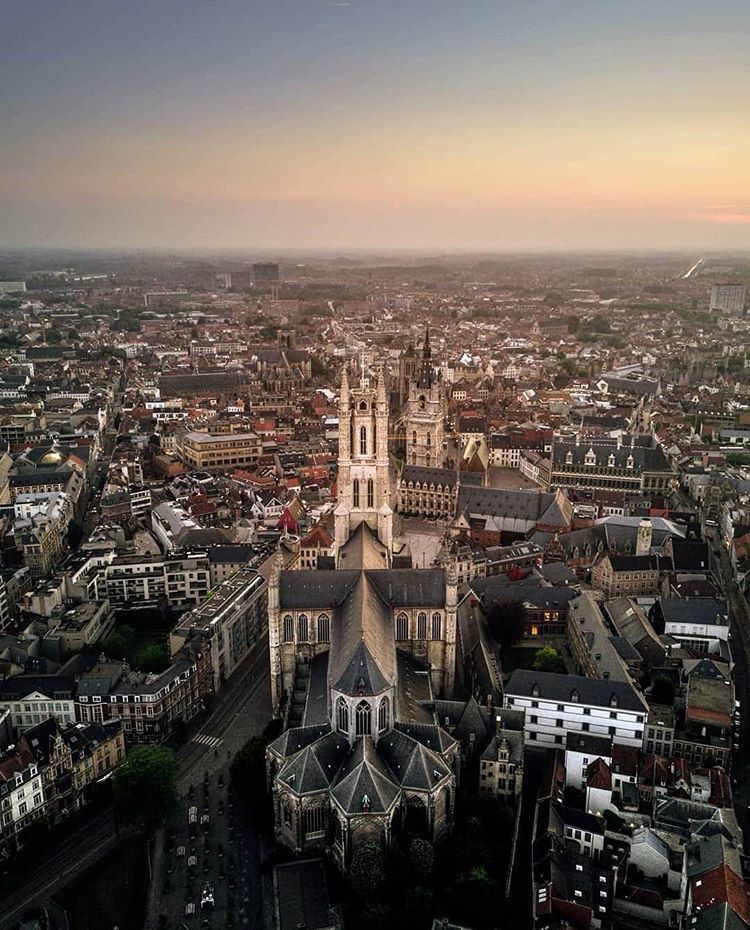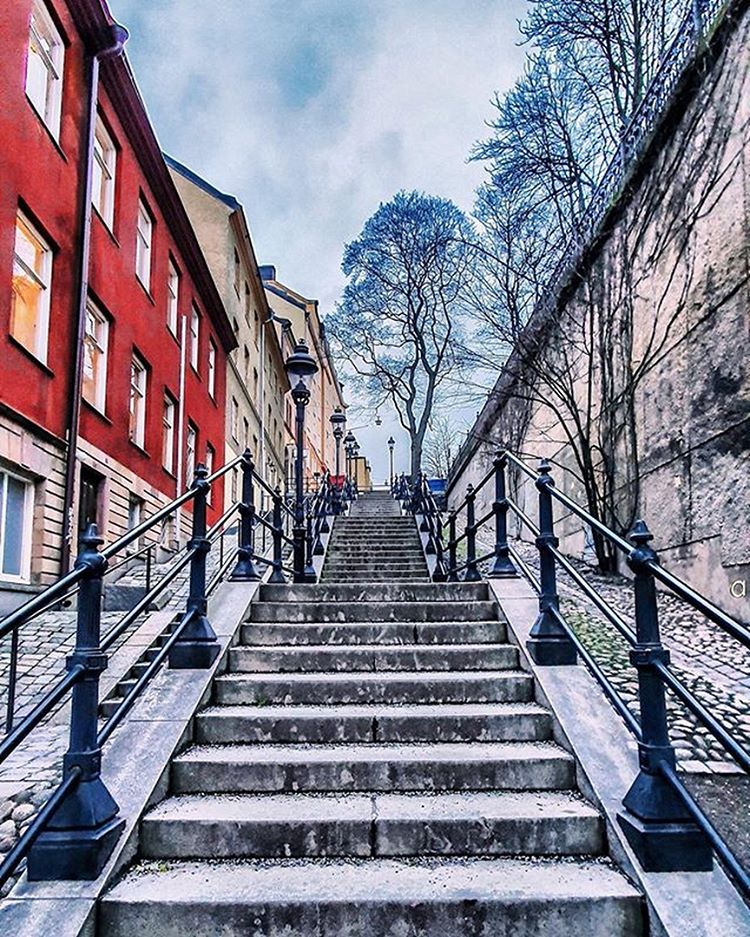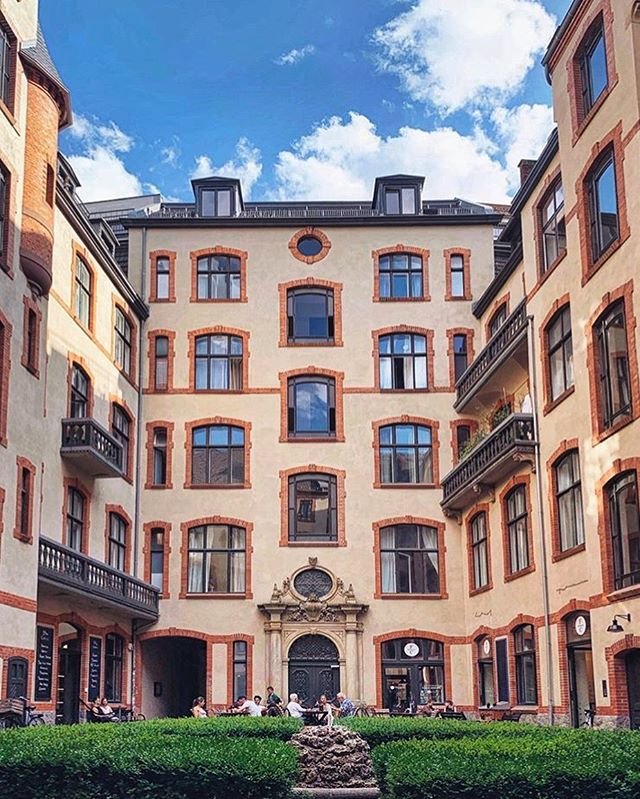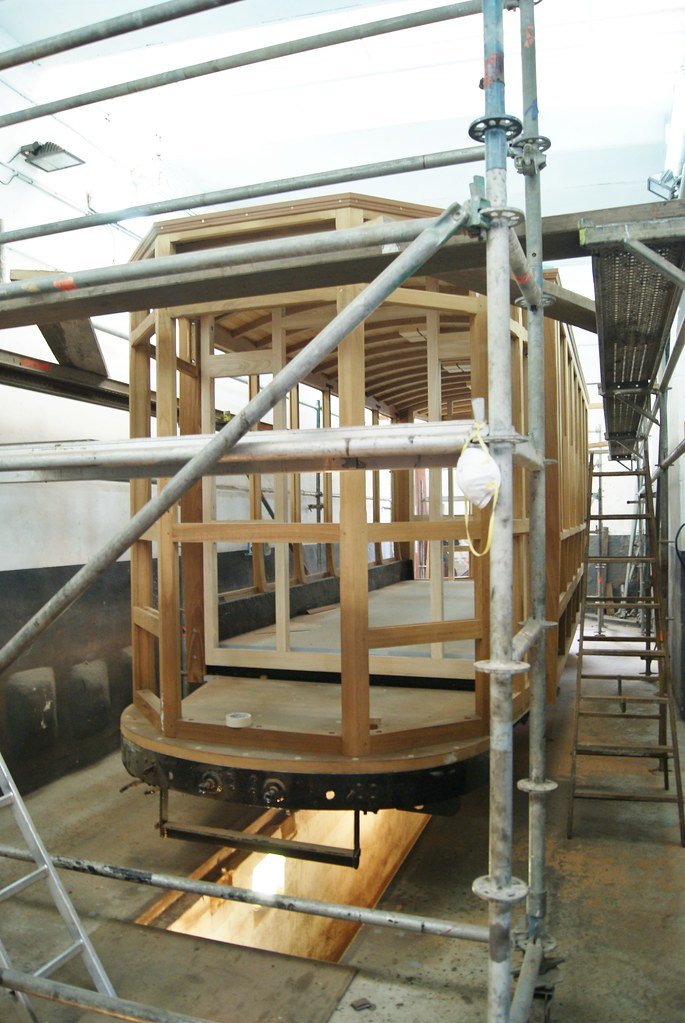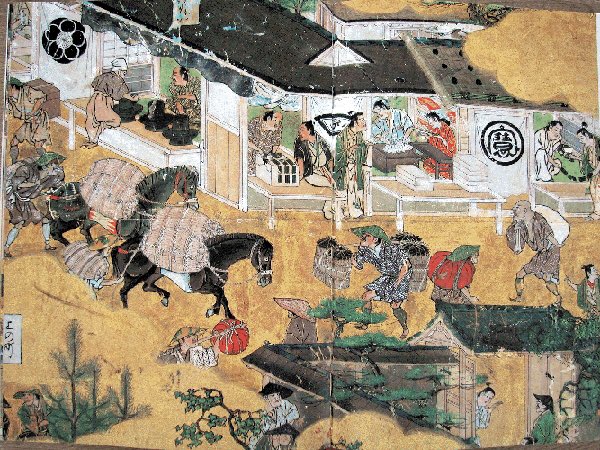Discover and read the best of Twitter Threads about #GoodUrbanism
Most recents (21)
On the abuse & decline of reason (thread)
It’s not that our reason is defective; but that fetishizing it can make it so.
As a society, we are too much in the thrall of logic.


It’s not that our reason is defective; but that fetishizing it can make it so.
As a society, we are too much in the thrall of logic.


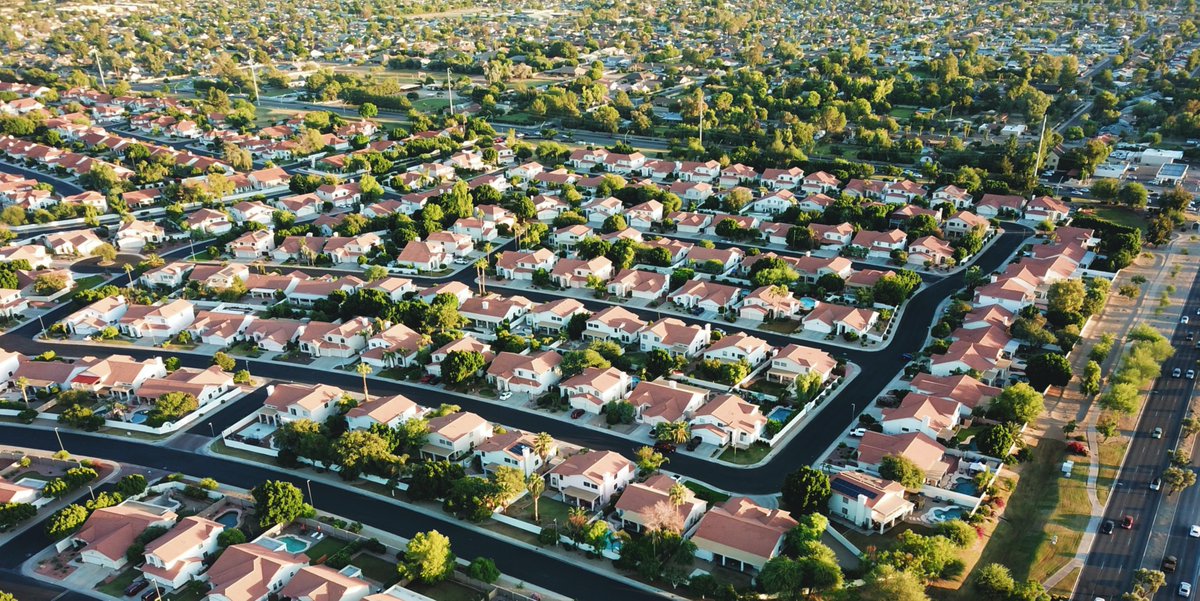
1/
“Solving problems using only rationality is like playing golf with only one club.” — @rorysutherland
The Romanian philosopher Mircea Eliade warned us about this pseudo-intellectual wave...
He called its propagandists “reductionists” rather than “rationalists”

“Solving problems using only rationality is like playing golf with only one club.” — @rorysutherland
The Romanian philosopher Mircea Eliade warned us about this pseudo-intellectual wave...
He called its propagandists “reductionists” rather than “rationalists”


2/
Consider modernity’s most famous liberal manifesto, John Locke’s Second Treatise of Government.
It assumes that there is only one universal principle at the base of legitimate political order: individual freedom.
Consider modernity’s most famous liberal manifesto, John Locke’s Second Treatise of Government.
It assumes that there is only one universal principle at the base of legitimate political order: individual freedom.
Windows have many different functions, often mutually exclusive. The hijikake-mado (elbow rest window) is a traditional Japanese window made to spend time by, the perfect height for sitting on the floor and leaning an arm on while looking out, or enjoying the breeze, or reading. 

In cities you will find them on old inns or taverns, being a popular spot to rest while keeping any eye on the hustle and bustle of the street outside. If you have one of these on a street overlooking a famous parade or festival you will be rich (at least once a year). 



The Kuninoya is a nice family run restaurant in Narita's Nakamachi, Chiba. The hijikake-mado on the second floor might not look like much but during the annual festival seats by the window are pure gold, offering a completely unbeatable urban experience. This is #GoodUrbanism. 



The traditional "shophouses", can be found all over Asia (and beyond). In Phuket Old Town (Thailand), there are several streets preserved of this human scaled vernacular 1-3 story townhouses, examples of Sino-Portuguese style. This is South East Asian gold standard #GoodUrbanism. 
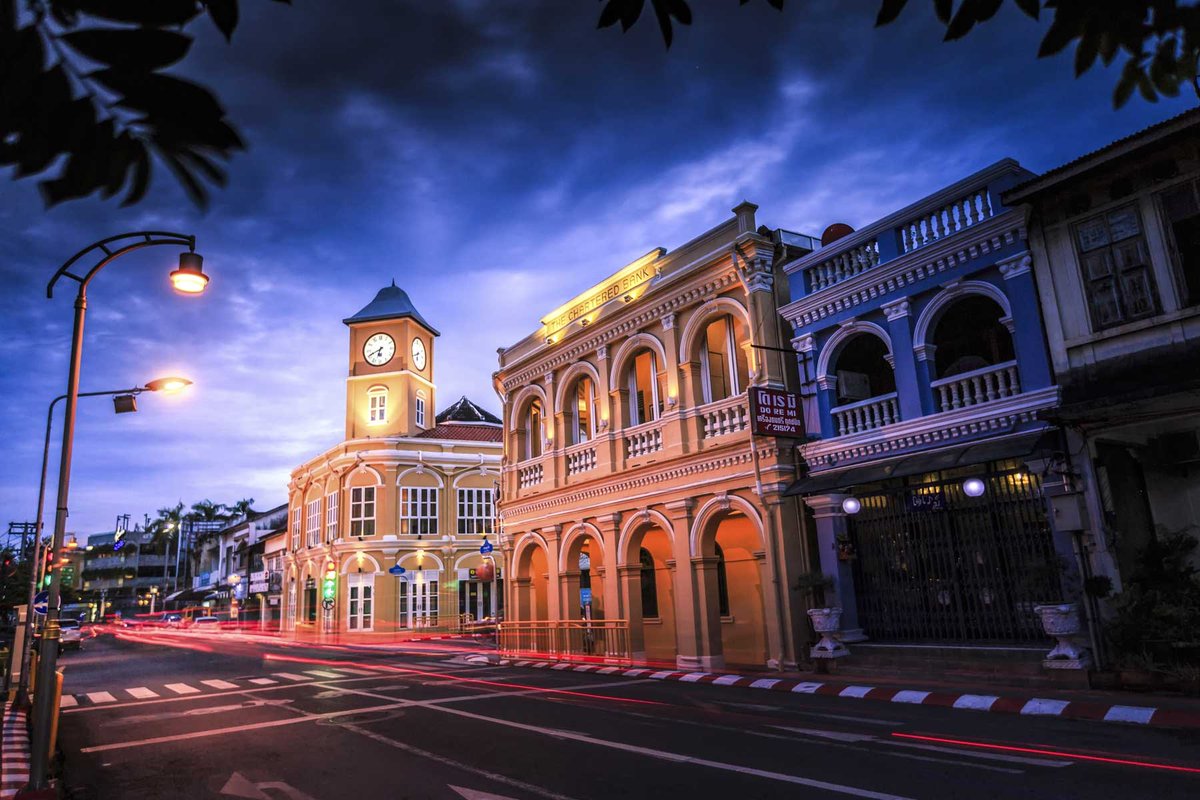
Not every city can be lucky enough to have a spot by the ocean or a lake, but a thousand times as many can at least build canals throughout and around. Here's Utrecht, gold standard Dutch #GoodUrbanism 



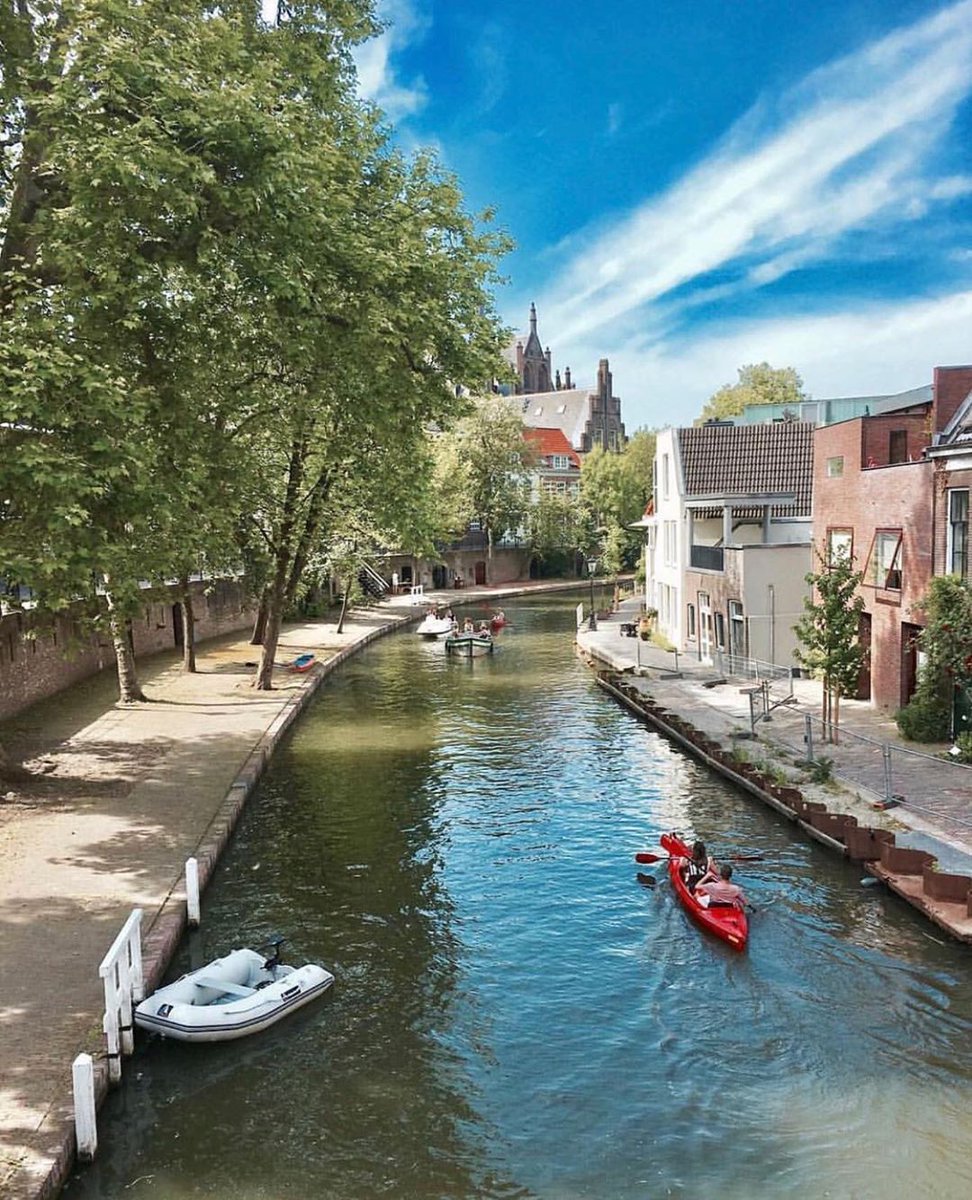
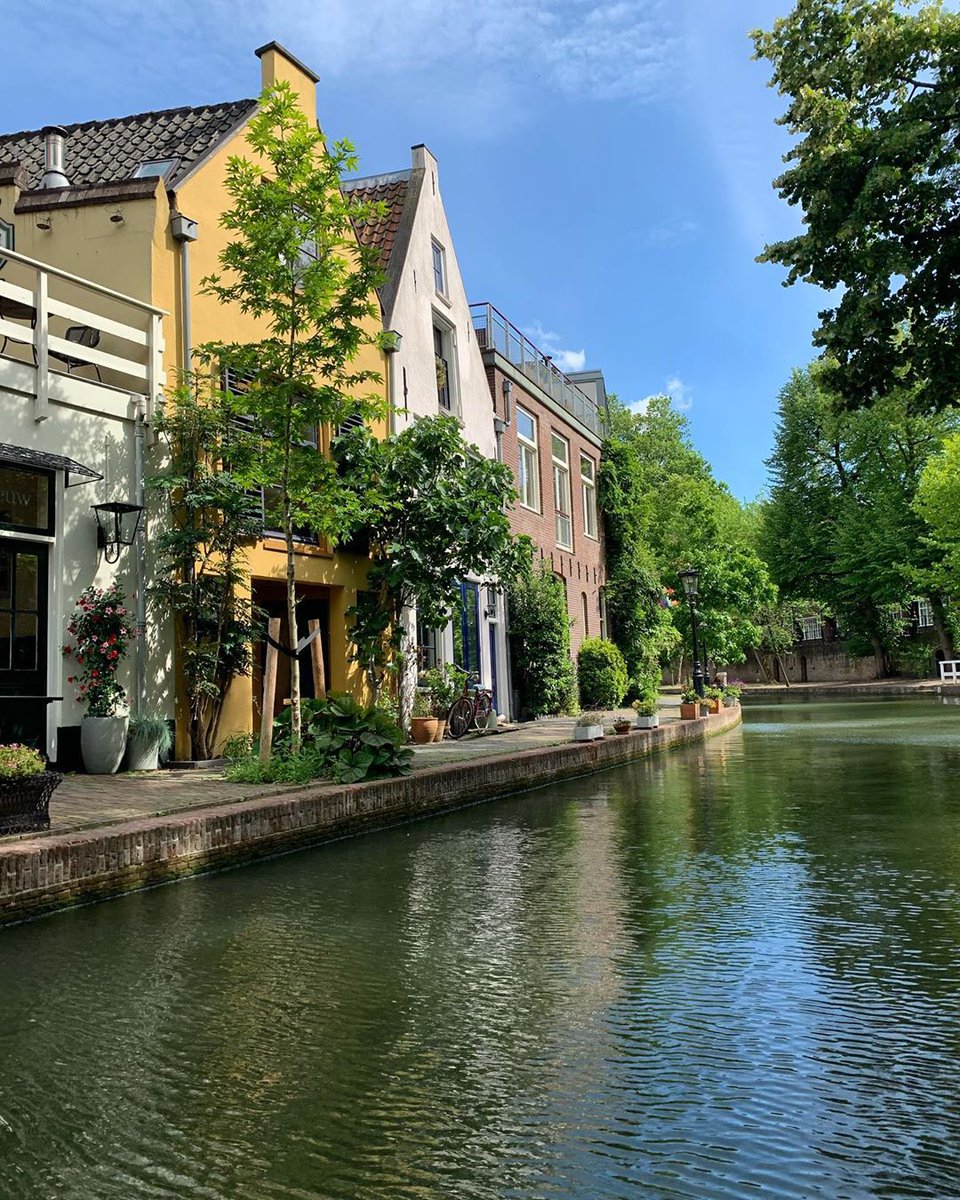
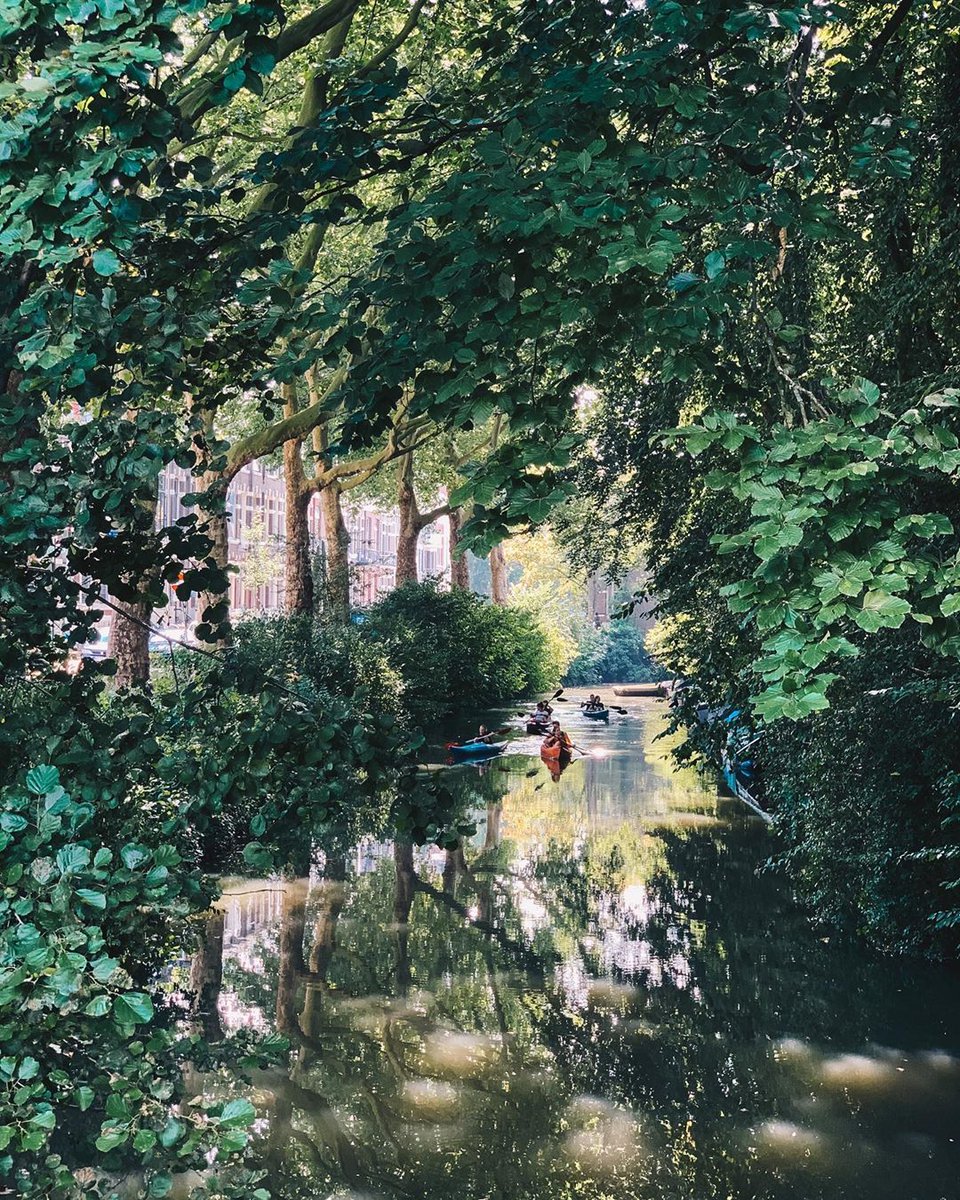
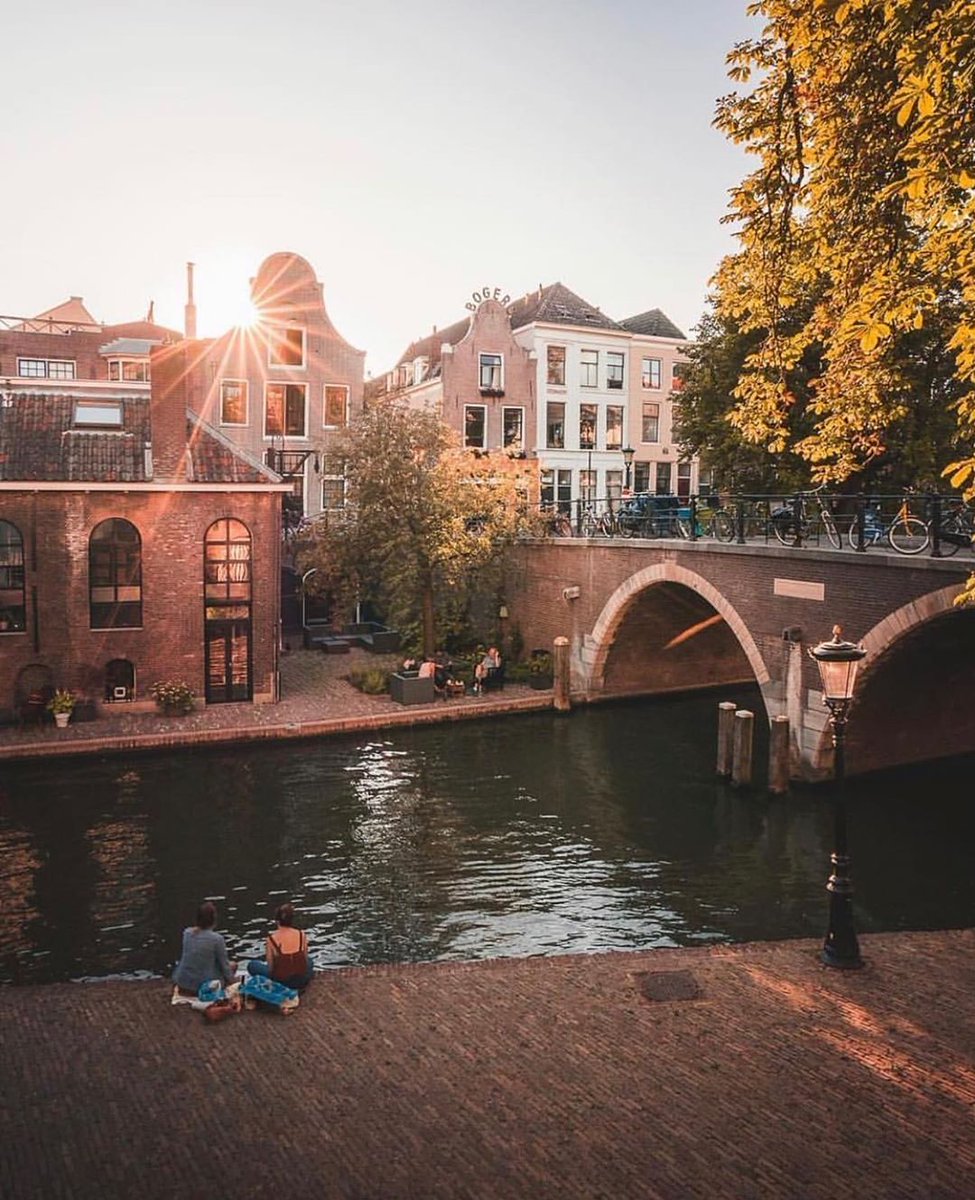
If possible, dig your canals wide enough to let people keep houseboats on them. Not for everyone, but it is an easy way to make interesting use of urban space. Houseboats, as here in Amsterdam, are #GoodUrbanism. 

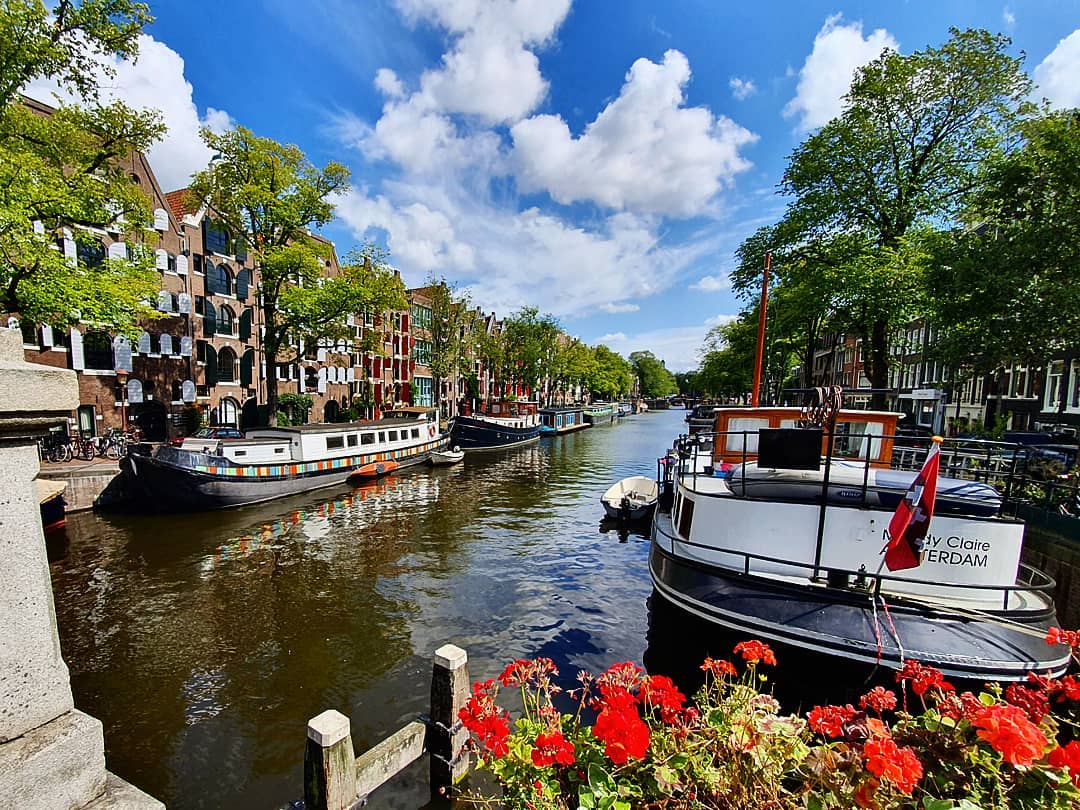
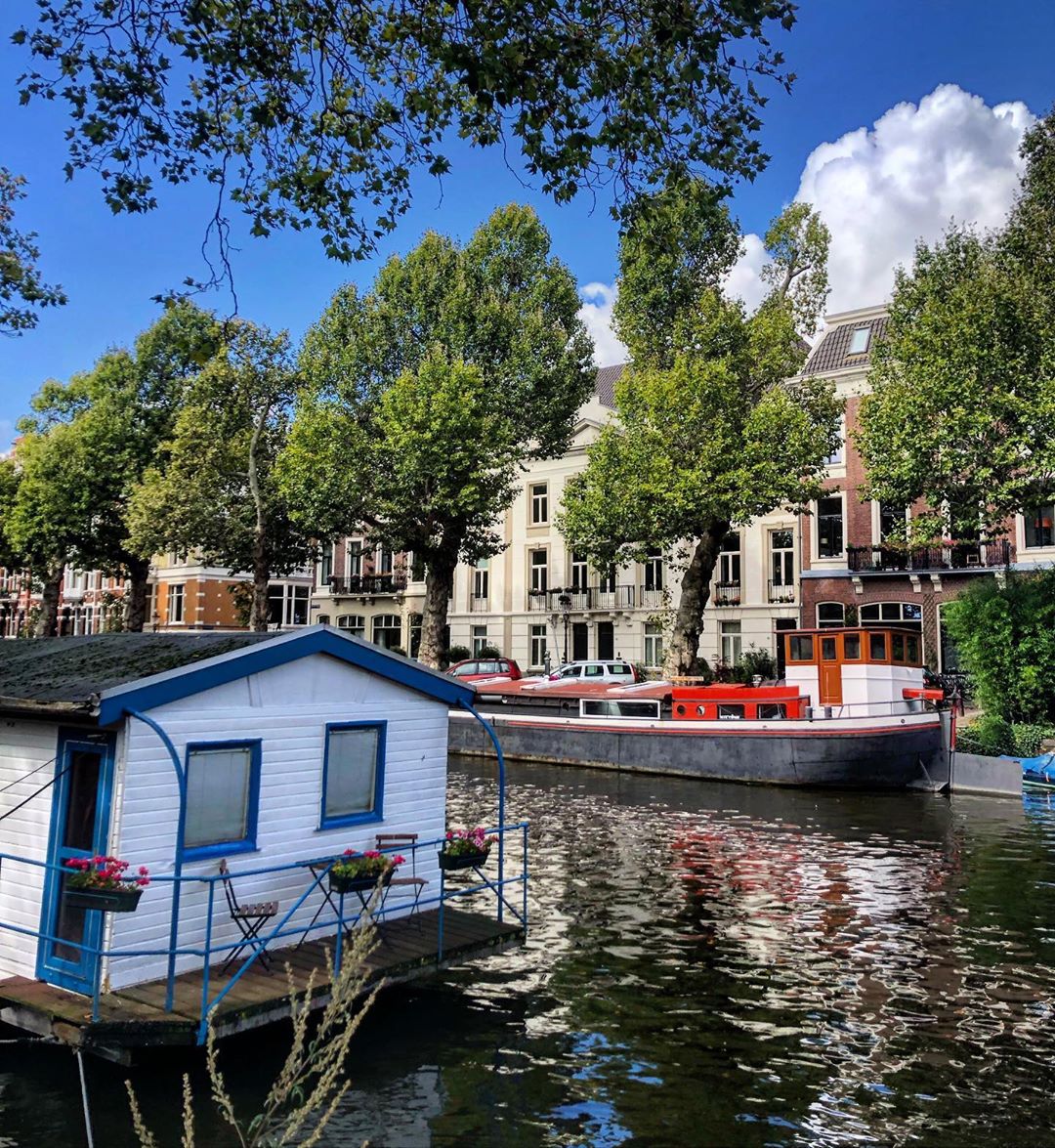
Above all, keep cars out. Canals are good at that. Like in the medieval center of Alkmaar, which had 10,000 living on a 0.56km² sandbar. Not a place to pass through, but a place to stay. Narrow streets for people are #GoodUrbanism. 


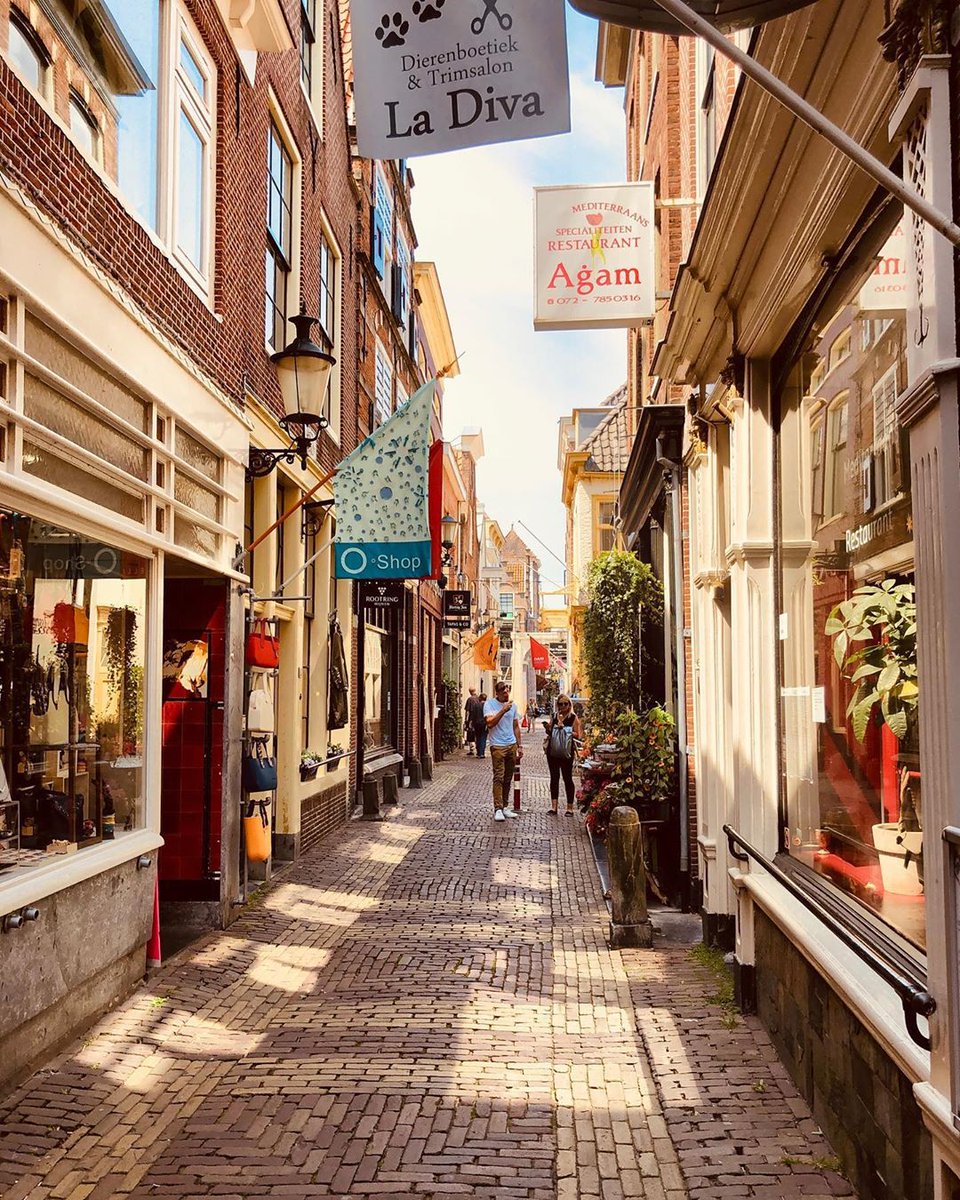
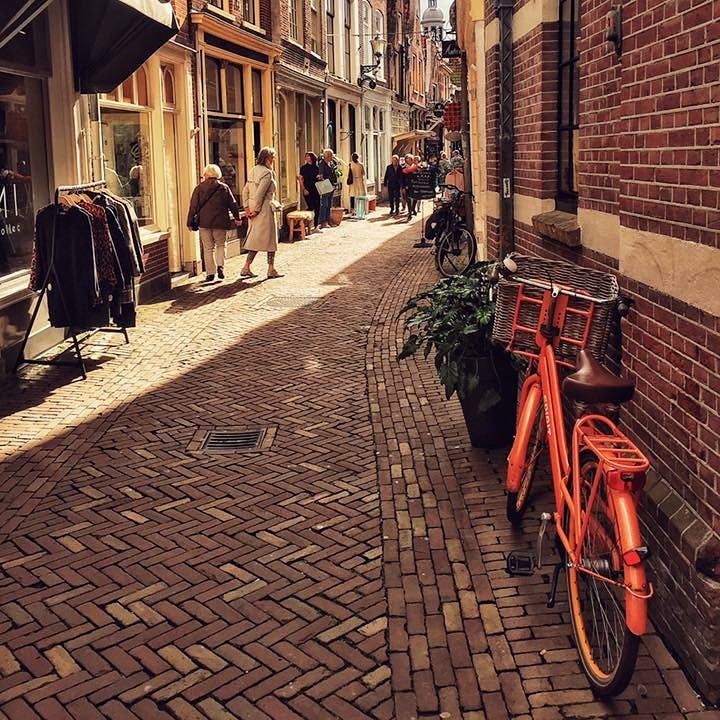
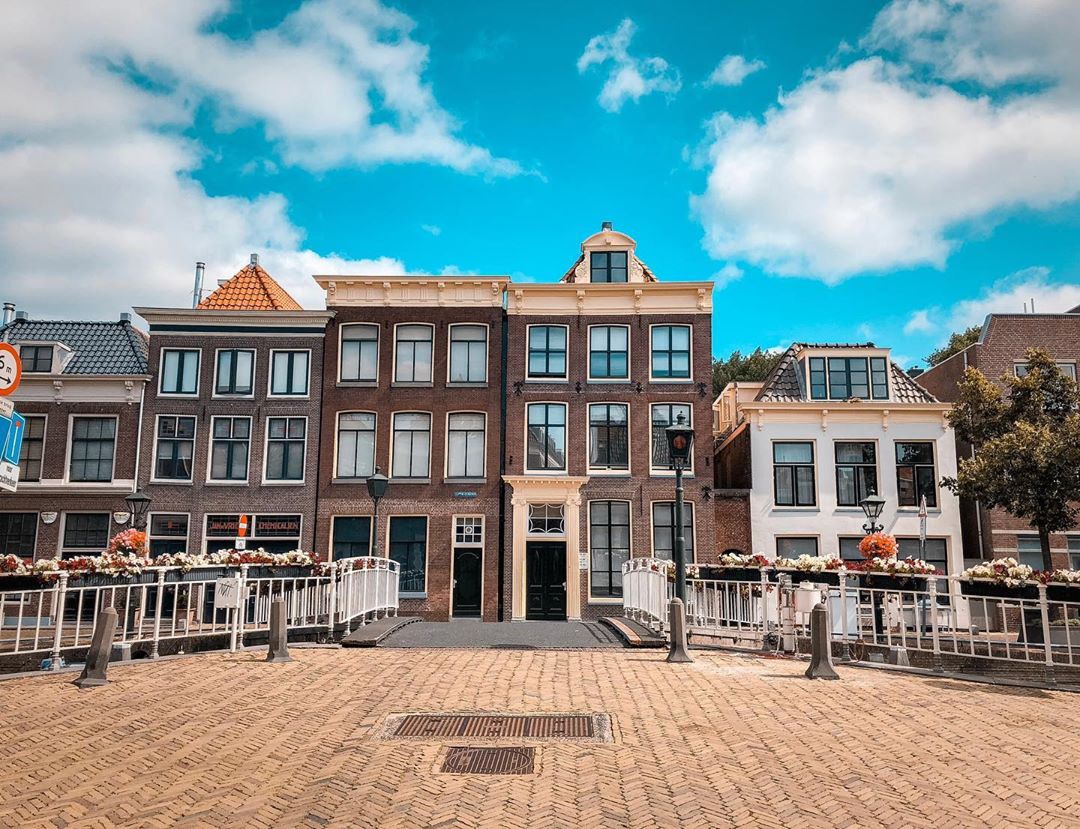
You really don't have to be a big city to have a good tram service in fact the smaller the city the easier & cheaper it is to run one. Maybe the smallest regular tramway in Europe serves Gmundnen, Austria, pop. 13,204. Built in 1894, also the steepest regular tram: 9.6% gradient. 




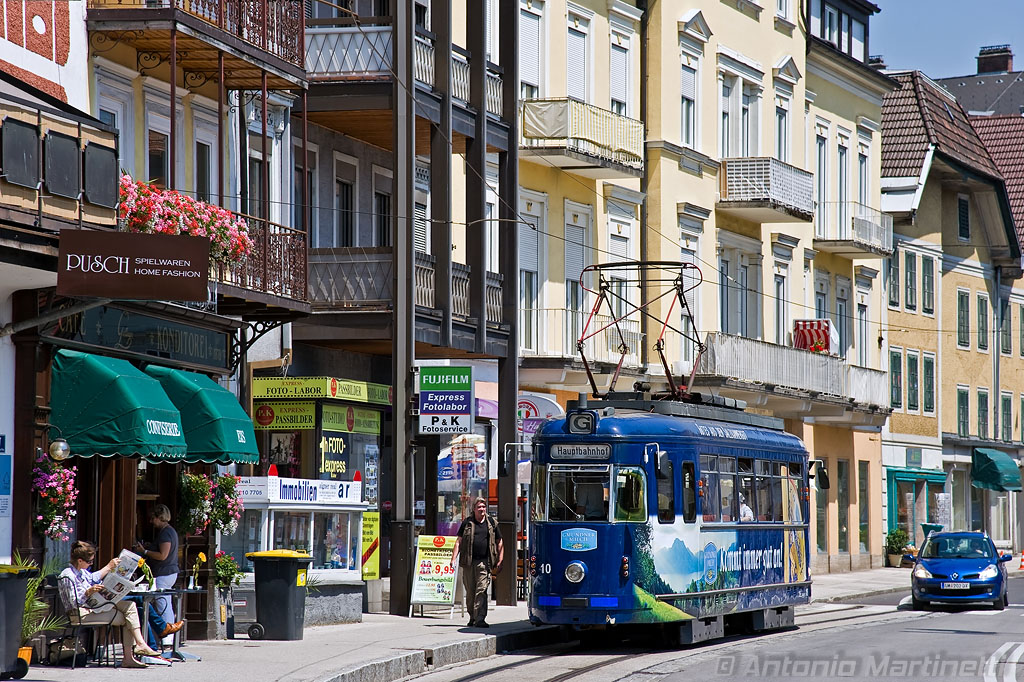
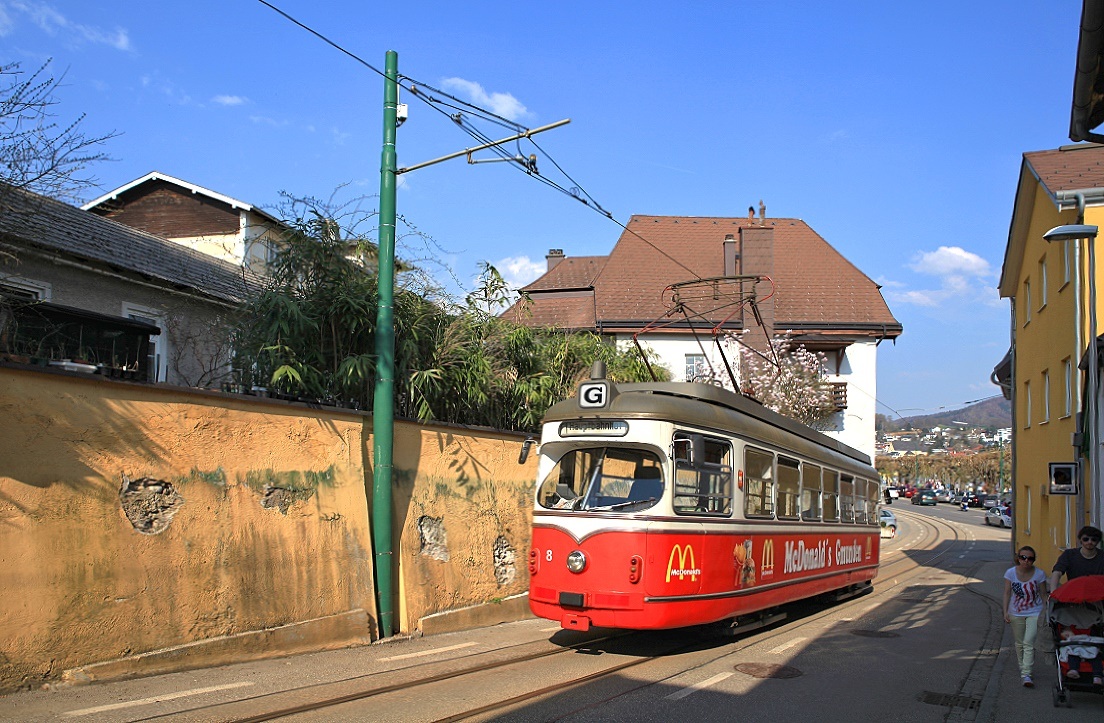
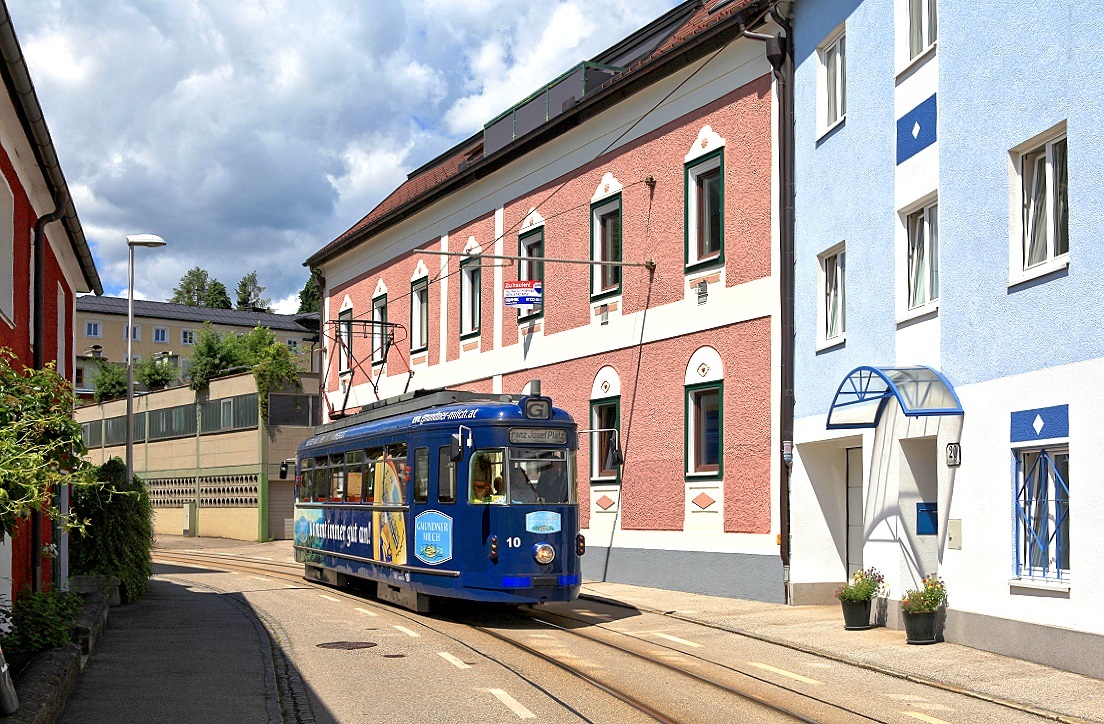
How land developers worked in the 17th century: Abbey Green in Bath must be one of the most beautifully laid out urban developments in Britain. The copyright has expired too. The plane tree that centers it today was a sapling in 1790. Bath is Gold Standard English #GoodUrbanism. 



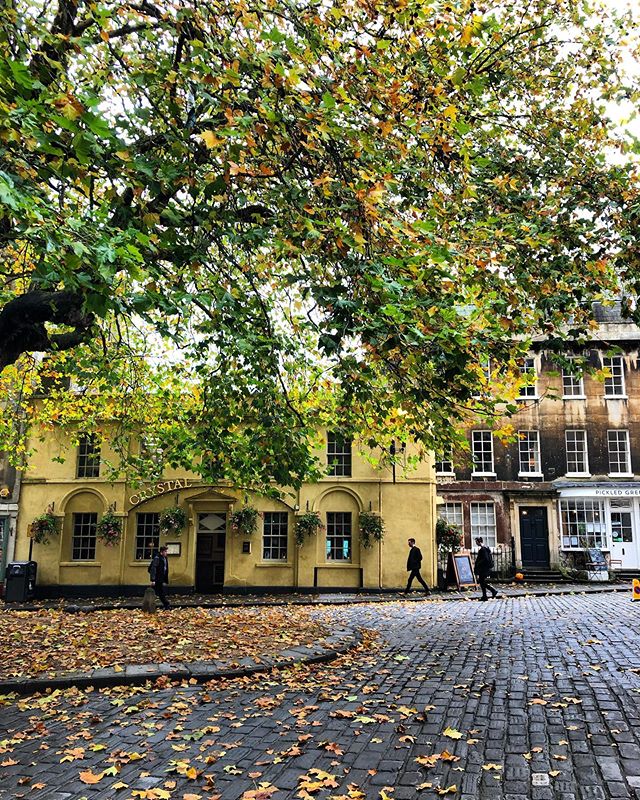
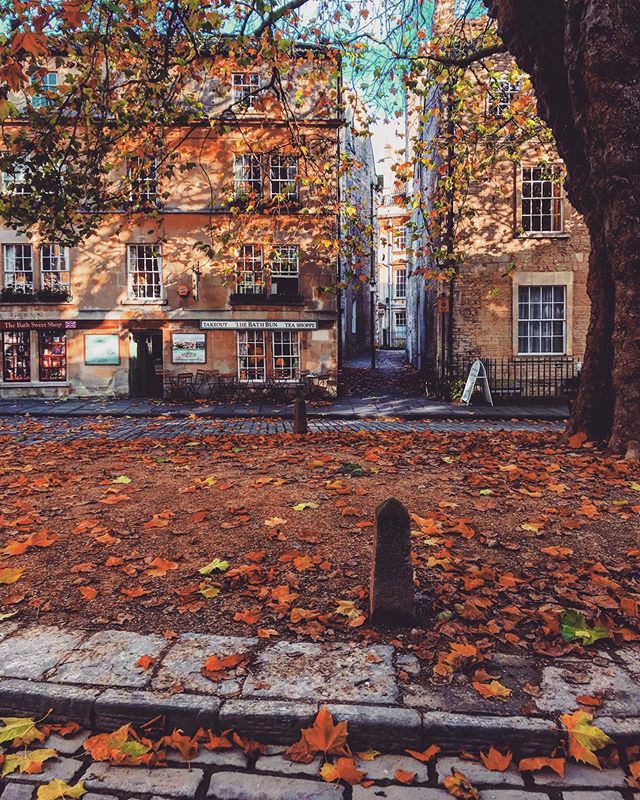
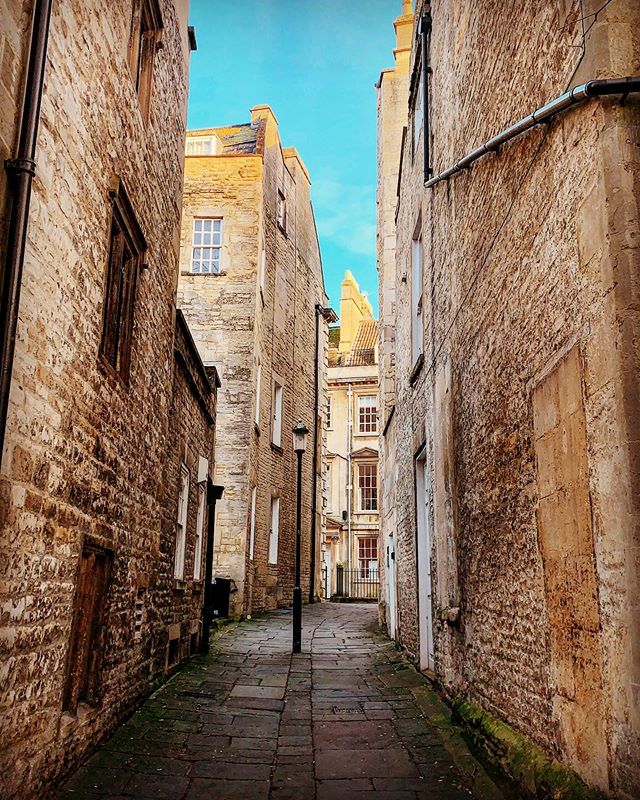

Canals/streams are relatively easy to build and doubles as excellent storm water drains. Add a flat bottom punter for instant tourism appeal or make a race course for canoeists. A land value multiplier far more efficient than yet another street for cars. Works well with trees! 


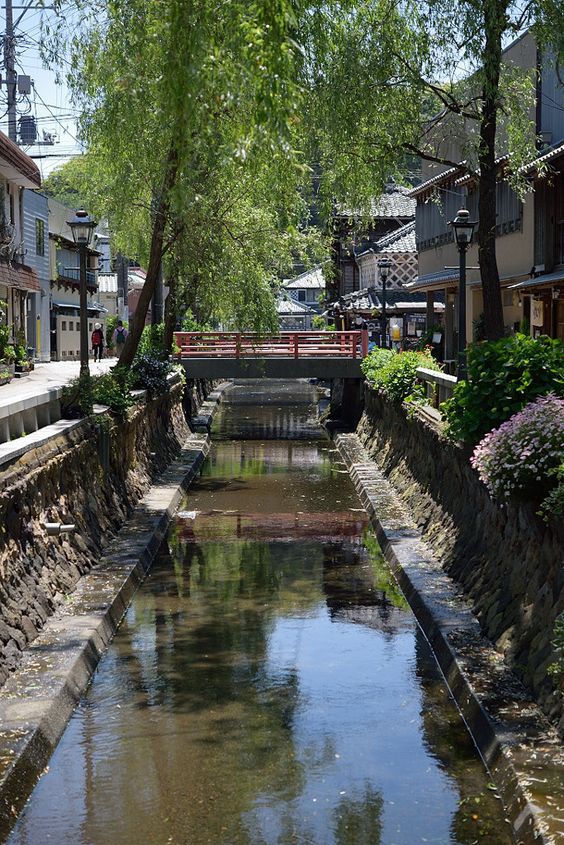
“Forget the damned motor car and build cities for lovers and friends.”
— Lewis Mumford
#GoodUrbanism #Kyoto
— Lewis Mumford
#GoodUrbanism #Kyoto
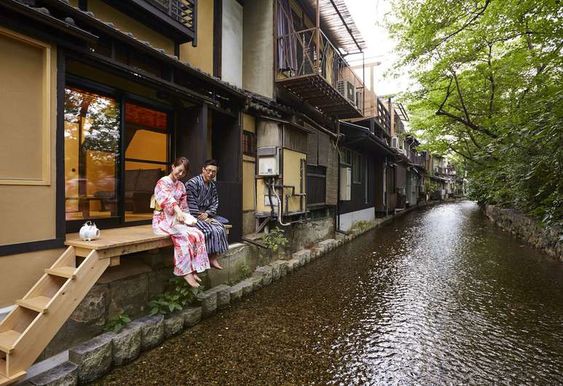
"Twenty-three surgical patients assigned to rooms with windows looking out on a natural scene had shorter postoperative hospital stays, received fewer negative evaluative comments in nurses' notes, and took fewer potent analgesics." #GoodUrbanism 

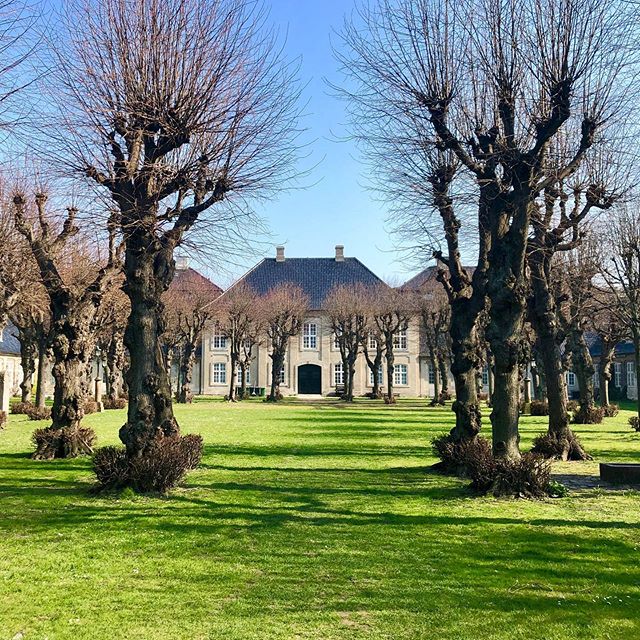
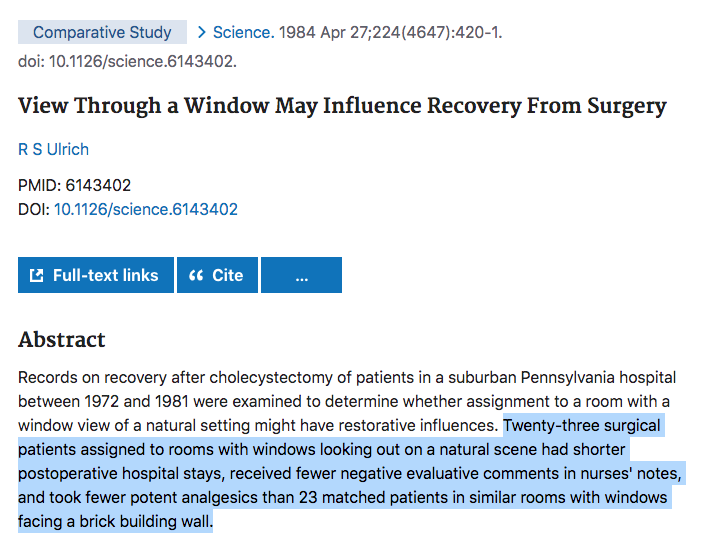
The Goldfish Seller, by Wada Sanzo, 1939. A sign of early summer during the 19th to the 20th centuries. Itinerant salesmen would wander the streets of Edo/Tokyo with glass fish bowls, water, fish, and a distinctive high pitched call. They had mostly disappeared before 1980. 

The tacit idea that we're making constant progress as species is dangerously flawed.
We've progressed in some areas, but also regressed in many.
We developed sophisticated engineering skills–but we use them to build soulless, hideous cities.
#Urbanism

We've progressed in some areas, but also regressed in many.
We developed sophisticated engineering skills–but we use them to build soulless, hideous cities.
#Urbanism


Contrary to modernist belief, this is TRULY sustainable, cosy, pleasurable, and, above all, what humans deeply need and desire.
#GoodUrbanism

#GoodUrbanism


You know when you go into a nice store and everything inside matches? That is how a good town planning office should function. Shoes matches the coats which matches the gloves which matches the shoe laces which matches the ties. And the clerk suggests your best fit. #GoodUrbanism 


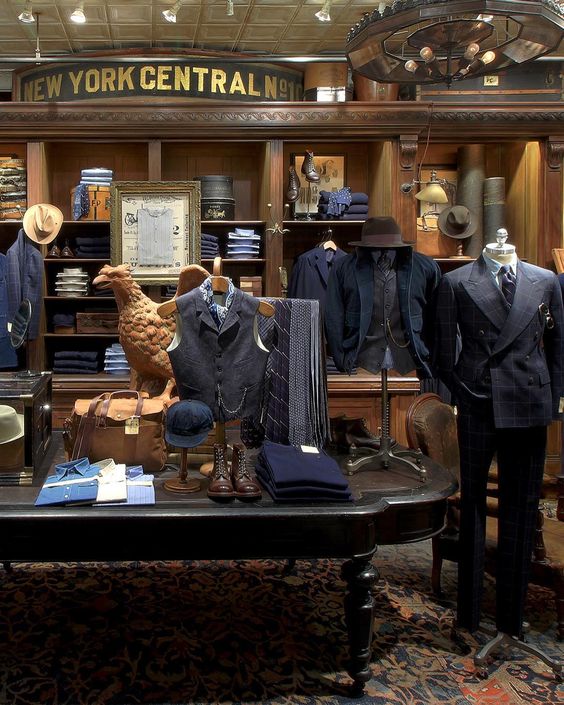
Since earthen plasters are made using local materials homes naturally take on the characteristic of the origin of the earth. This subtle green called "Asagi" is characteristic of the earth plaster walls of Kyoto, where it is often found. #GoodUrbanism means using local materials. 
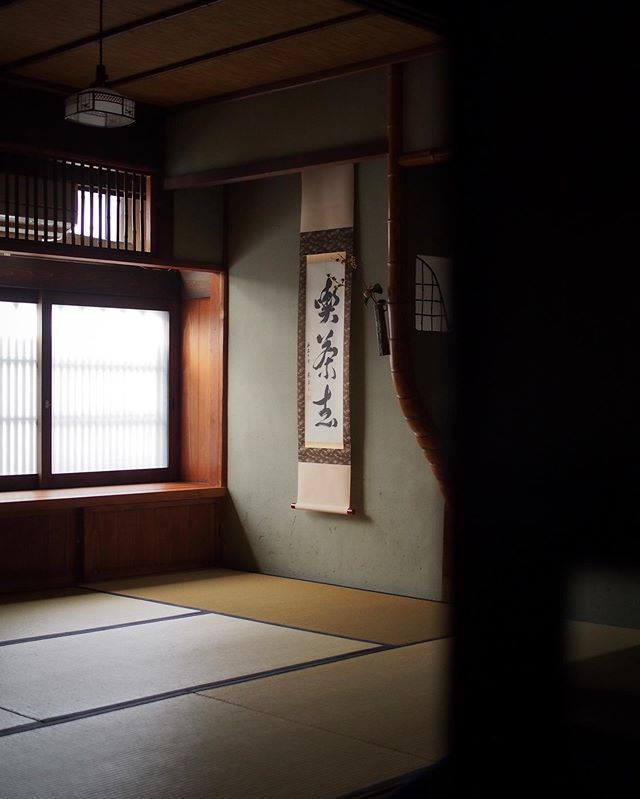
Human scaled cities are the baseline for #GoodUrbanism. Cities where you can walk anywhere you need to go in a quarter of an hour means for example you get the groceries you need when you need them: reducing food waste to a minimum. Left: LA, USA. Right: Ghent, Belgium. 

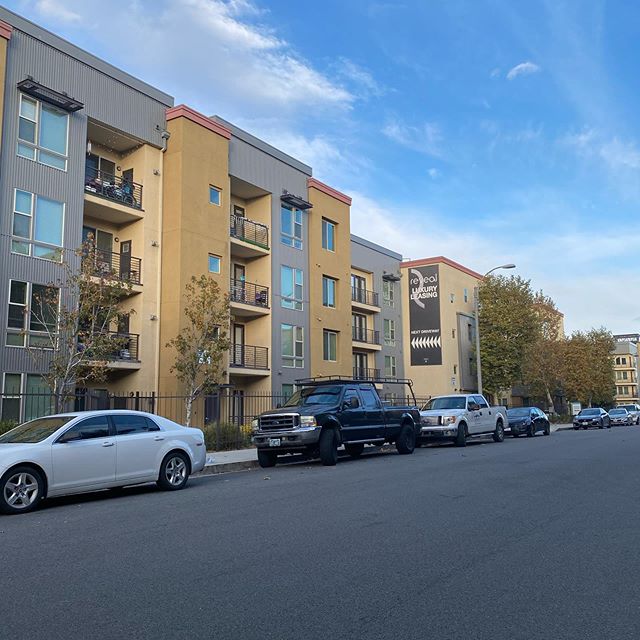
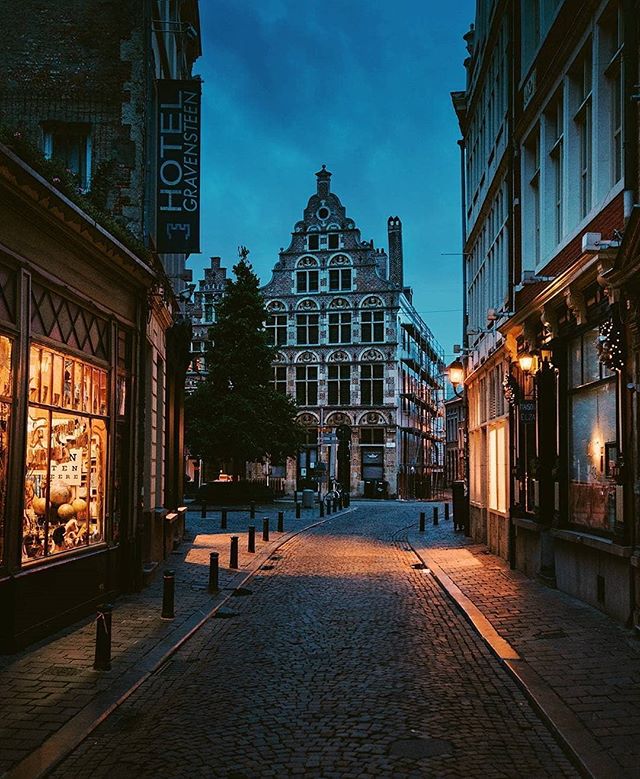
#GoodUrbanism in #Haarlem, #Holland. This is the Grote Houtstraat, a busy (but lush, friendly, interesting, charming) street made for people flanked by two or three story homes, shops, offices... 


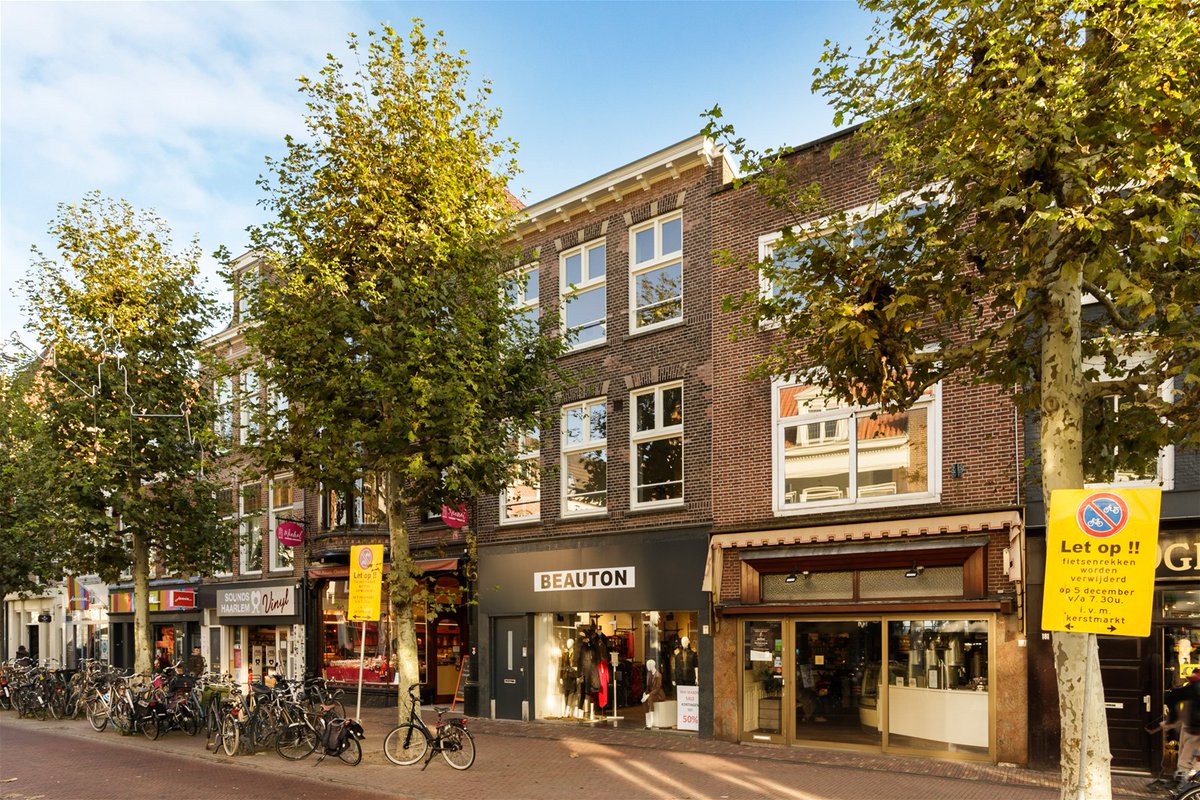
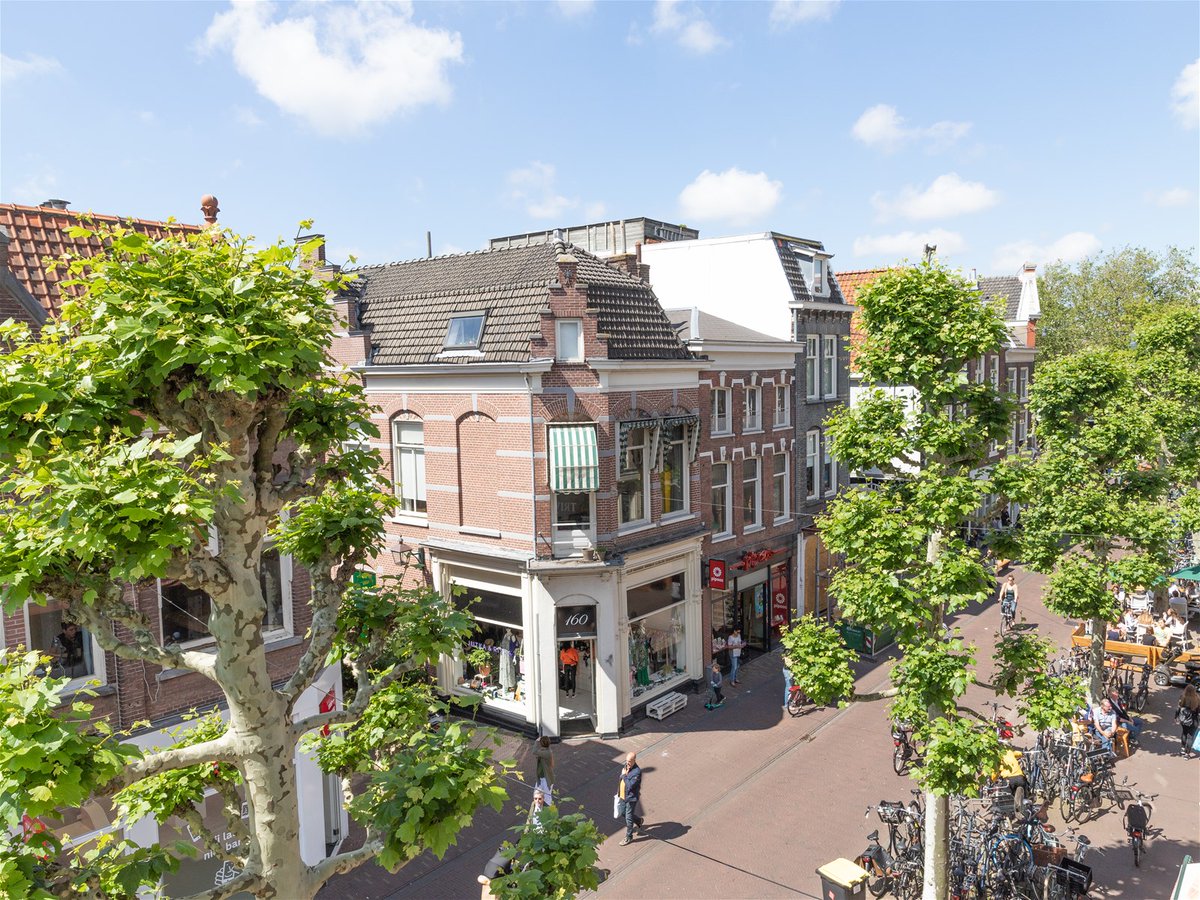
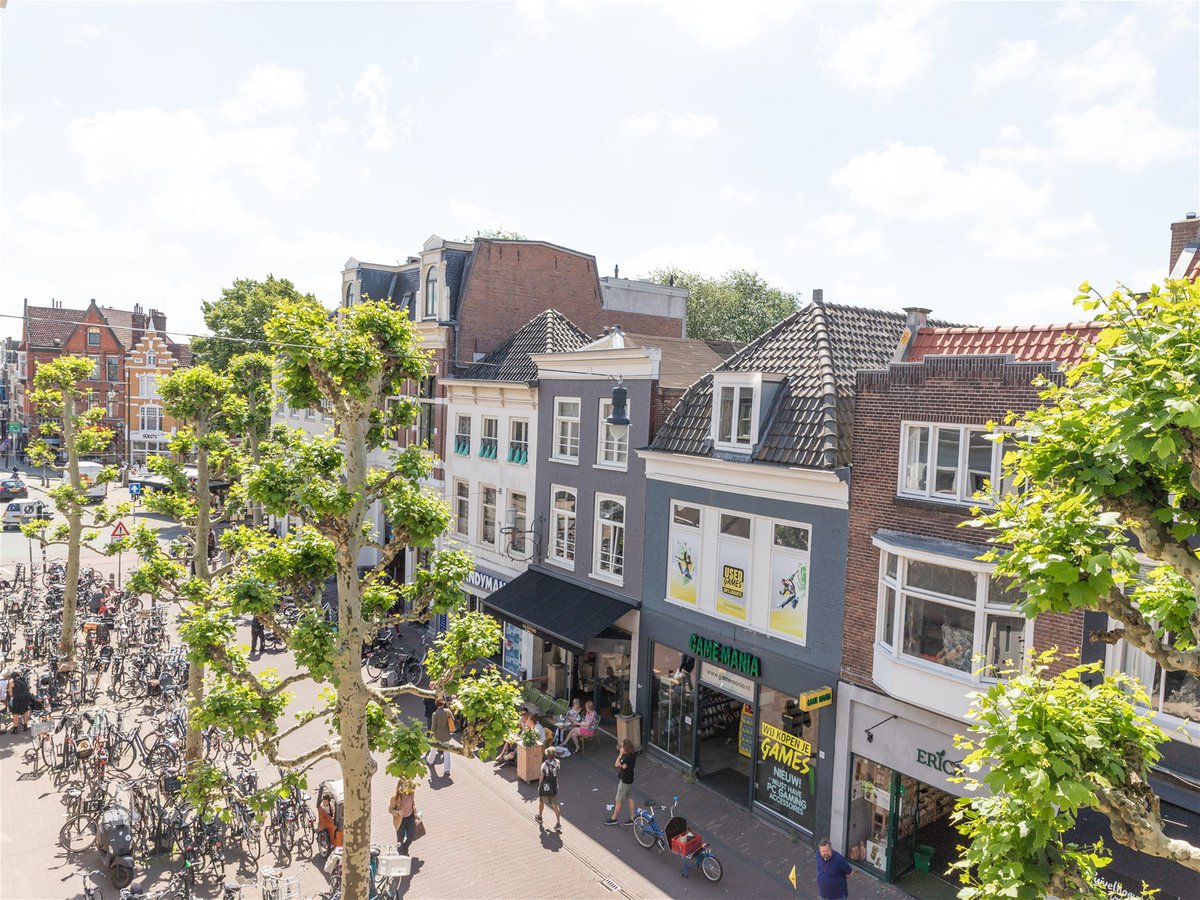
...but slip through one of the portals and you find yourself transported to another world: quiet, relaxed, safe, even lusher, private courtyards. Less than a second stroll away from a busy commercial high street. This is an example of absolute #MasterClassUrbanism. #Proveniershof 



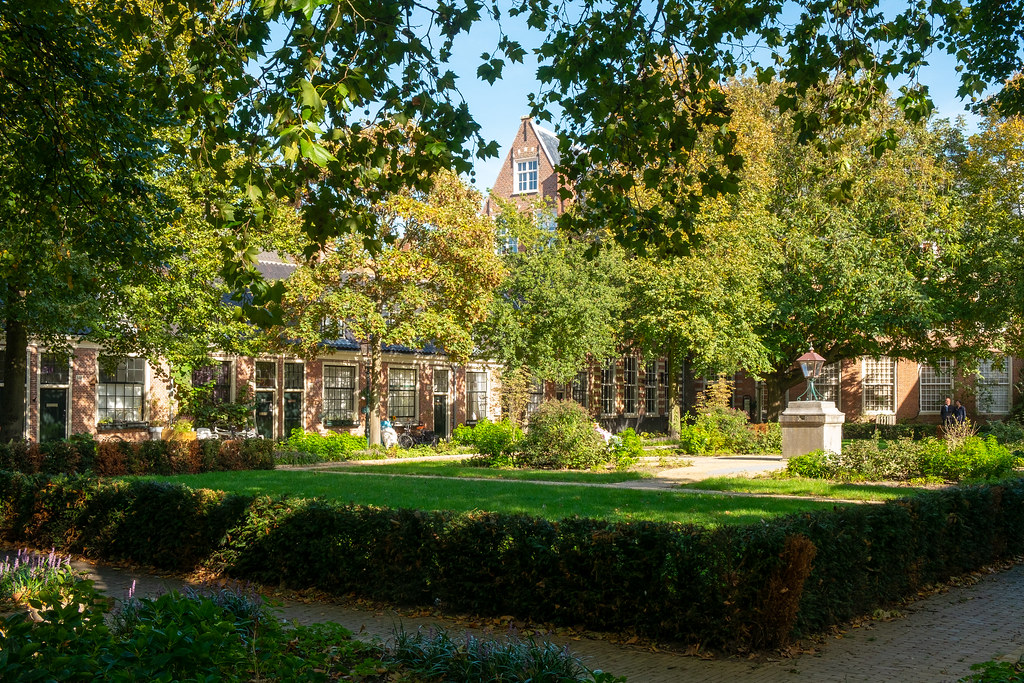

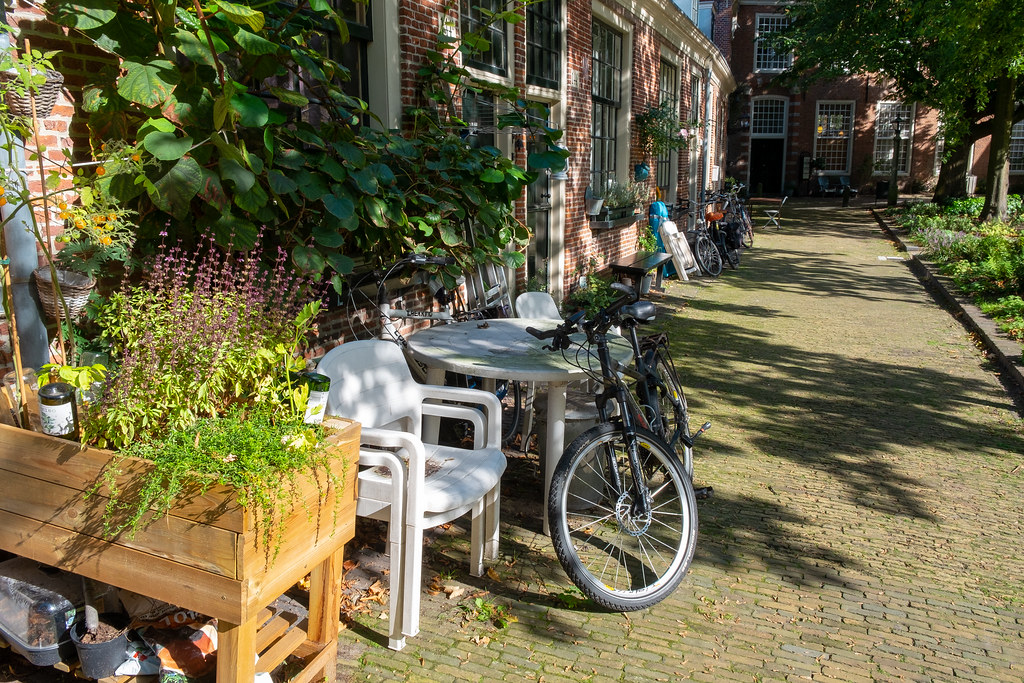

Today is the Independence Day of Finland so here is a thread about all things Finnish. 🇫🇮 The role of horses in modern urban settings:
Finnish Jugend and the beautifully robust architecture of Helsinki #Finland 🇫🇮
The role of the Sauna in Finnish 18th culture 🇫🇮 #Finland
Imagine if this was the entrance or gateway to your home, your town or neighborhood? #GoodUrbanism means dignified entrances and portals. #Lübeck 
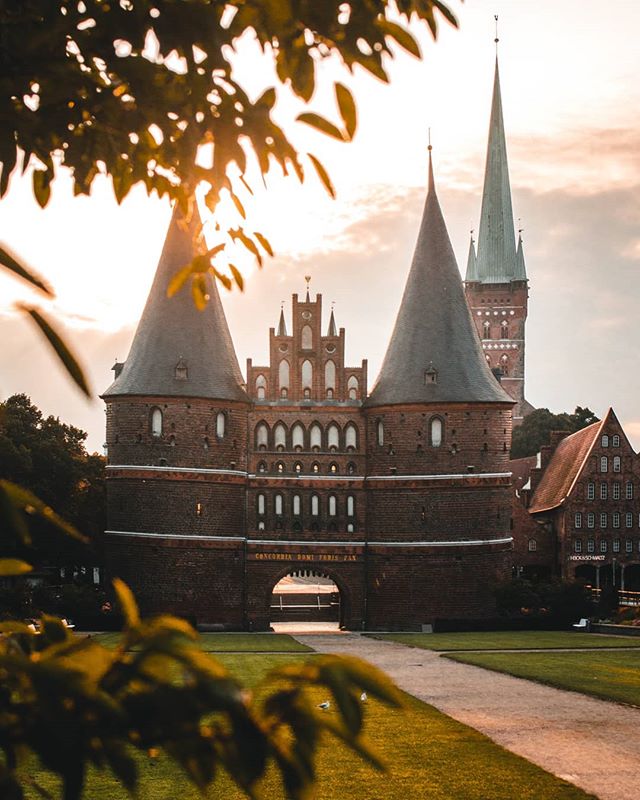
#GoodUrbanism means building squares and streets for the public in the front, and to balance the public areas with increased levels of privacy by secluded #Courtyards, mews, backyards, hofs just a few steps from the busiest streets or liveliest squares. #Lübeck #Germany 

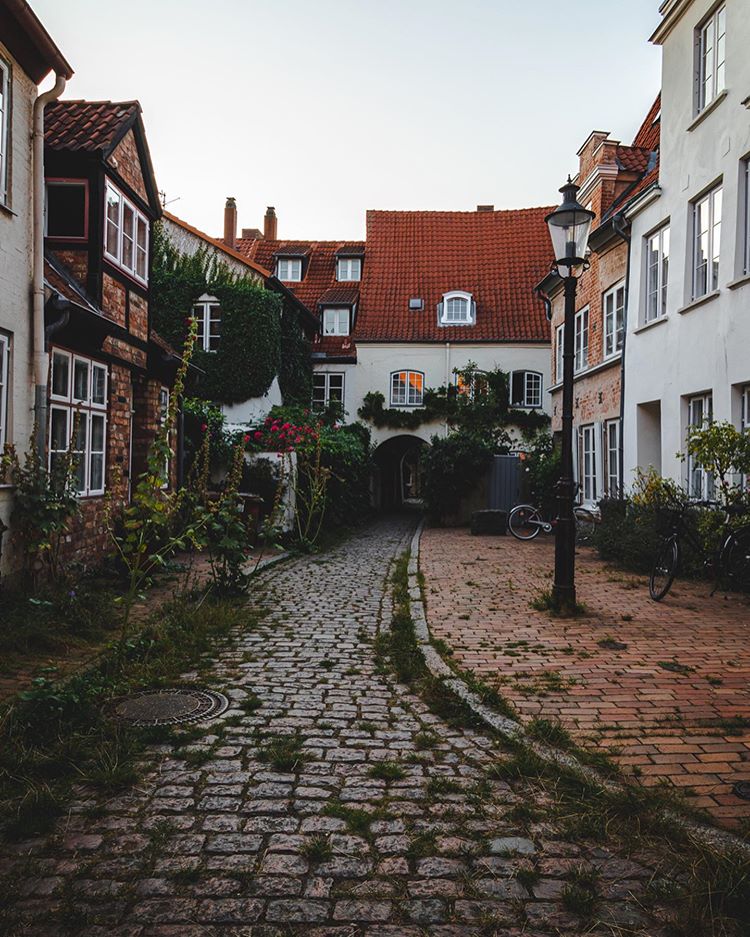
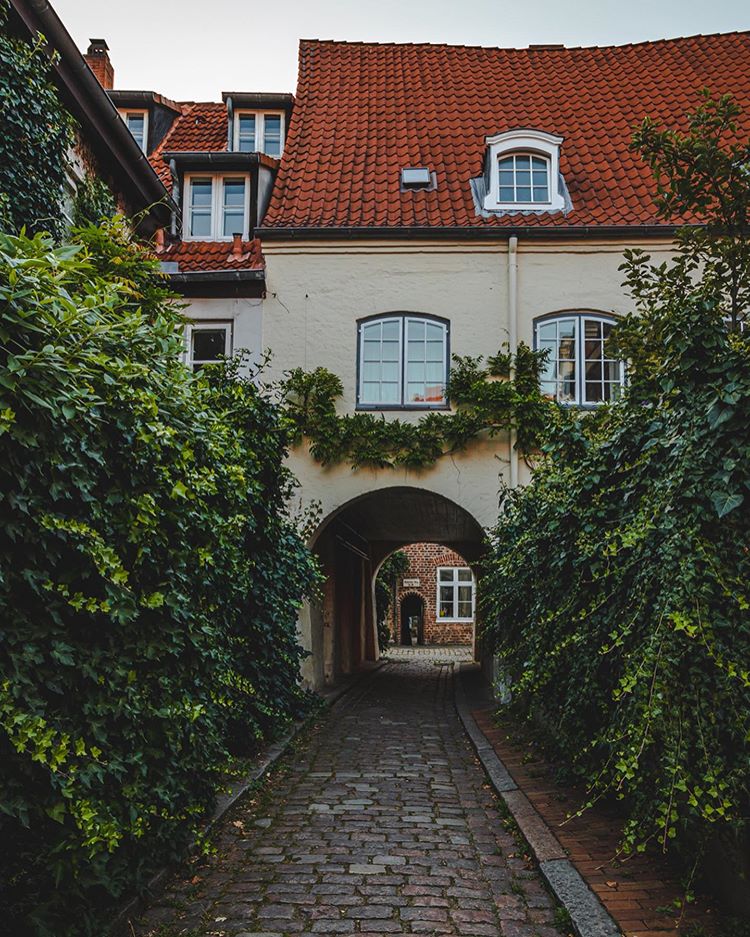
#GoodUrbanism means building for the ages. A backyard townhouse can become a workshop, chapel, cafe, bookstore, startup, stables, bakery, factory, dentist, pharmacy, tattoo parlor, print shop, stained glass maker, newspaper office, or just someone's beloved home. #Lübeck #Germany 
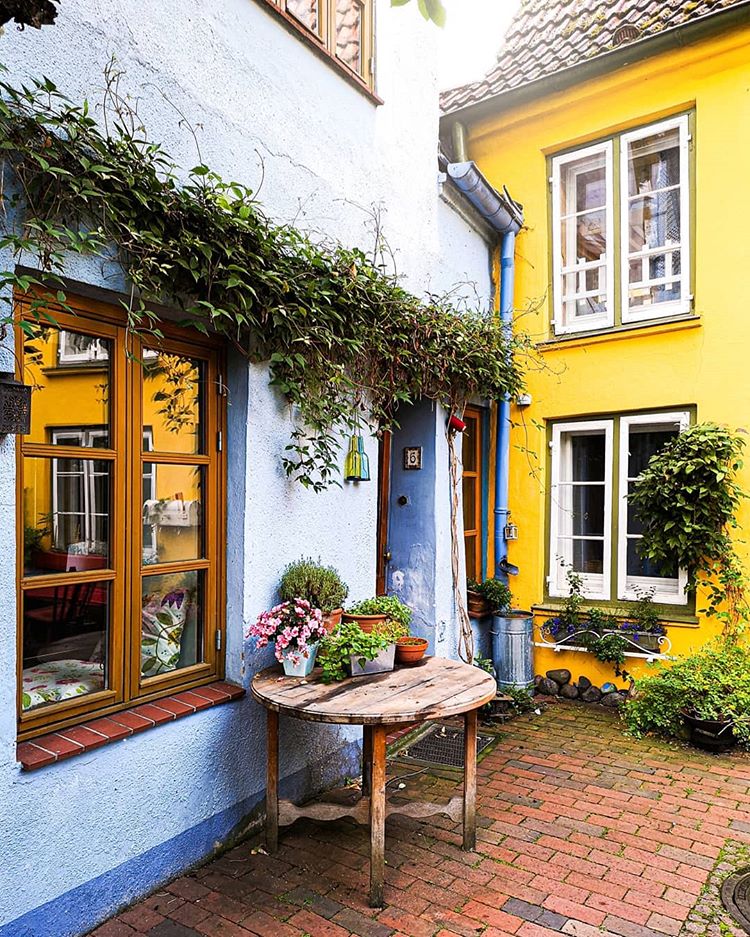
An example of how townhouses evolved in Berlin:
From an 18th c. simple 3 story building with five rooms per floor and a large garden for growing food, keeping livestock to an early 20th c. fully developed plot with only a small courtyard, 5-6fl. Maximum density and #GoodUrbanism.
From an 18th c. simple 3 story building with five rooms per floor and a large garden for growing food, keeping livestock to an early 20th c. fully developed plot with only a small courtyard, 5-6fl. Maximum density and #GoodUrbanism.
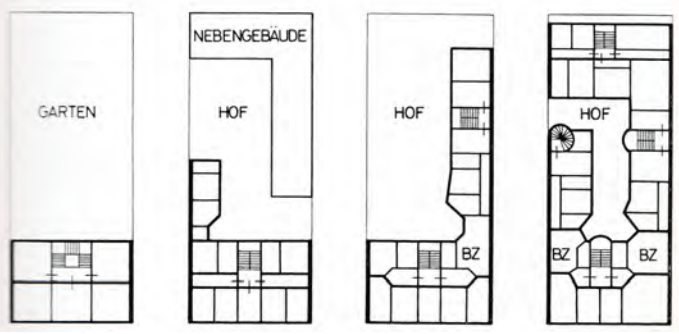
Glass architecture is remarkably wasteful.
I find it extremely hilarious that many international organizations – the UN, the EU etc. – who claim to “care” most about a “green” future decided to build their offices in the least sustainable way one can possibly think of.
I find it extremely hilarious that many international organizations – the UN, the EU etc. – who claim to “care” most about a “green” future decided to build their offices in the least sustainable way one can possibly think of.

Read more:
fastcompany.com/90350542/how-g…
fastcompany.com/90350542/how-g…
This is the way to go.
Heuristic: don't trust any “environmentalist” who works in a glass skyscraper. #GoodUrbanism
Heuristic: don't trust any “environmentalist” who works in a glass skyscraper. #GoodUrbanism

A well preserved traditional street in a samurai class neighborhood, Kanazawa, Japan. The walls surrounding the homes are considerably thicker than normal, with sturdy gates. Narrow, sharply turning streets for defensibility and to confuse enemies having breached the town walls. 
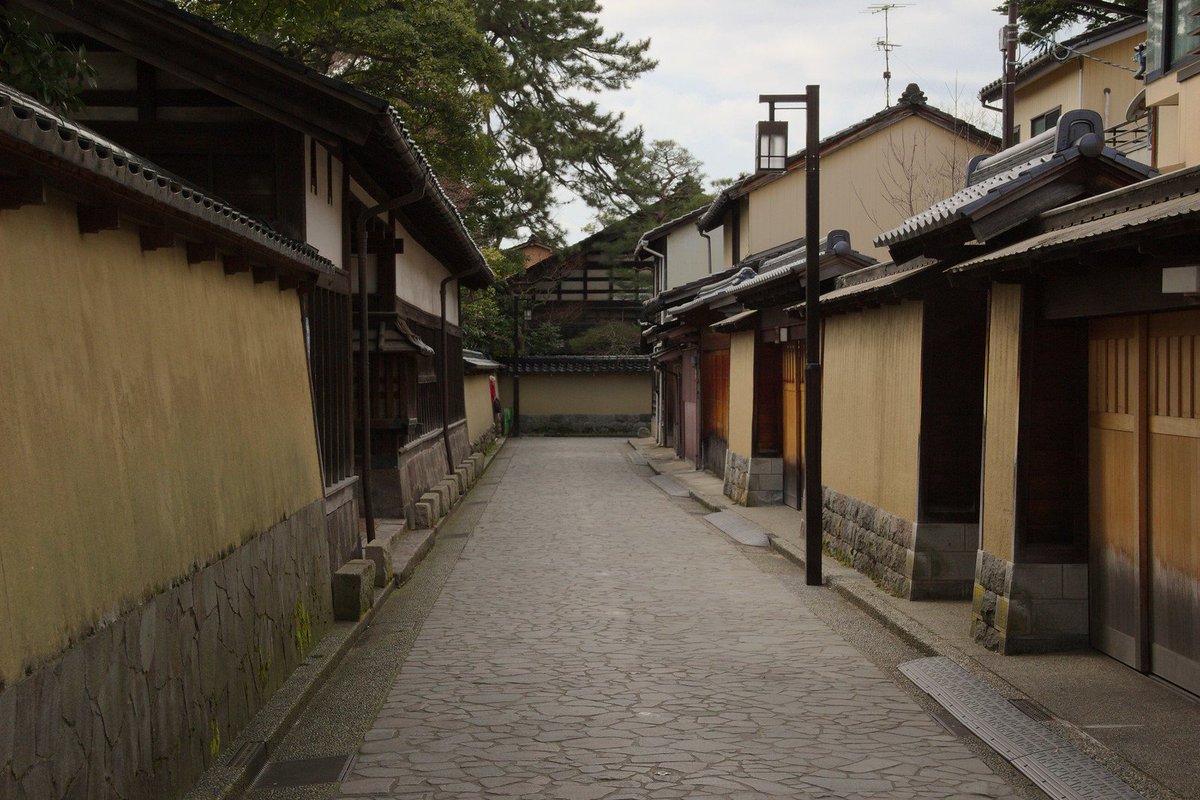
A seasonal touch are the handmade rice straw mats hung up to protect the walls from snow and ice. When you first see them in December you know that winter is coming. The samurai neighborhood is a superb example of vernacular #GoodUrbanism 
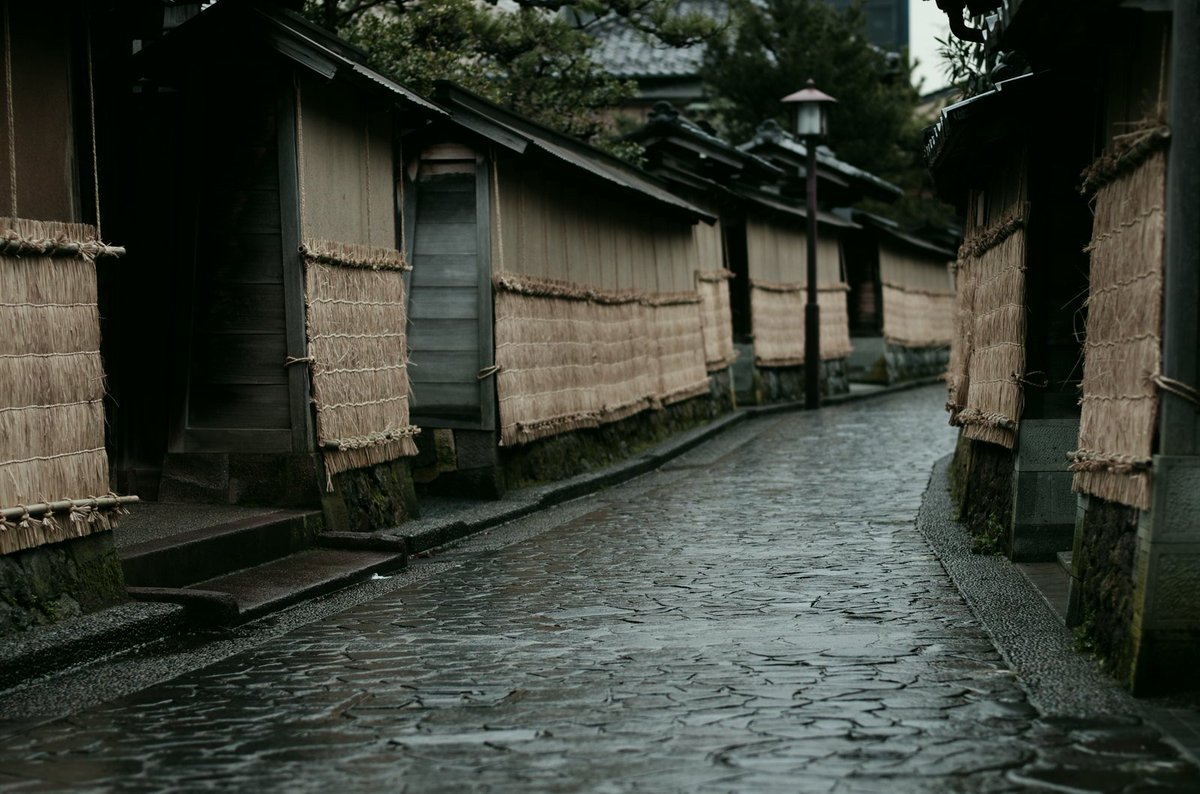
It looks like a densely populated urban villa district but if you peak over the walls you can find some very wild looking gardens. This is a real urban oasis. #GoodUrbanism 

If we must have public transport in our cities make it as human scaled and low tech as possible. Small electric rolling stock running so often you do not need to bother with a time table (Sóller, Mallorca, population 14,148). #GoodUrbanism 

Here's a very rare example of Japanese medieval shop architecture: Buchoutzukuri. The outer walls of the store front are divided in two parts, one which is raised and attached to the eaves, the other which is lowered and becomes a bench on which to display goods. #GoodUrbanism 


